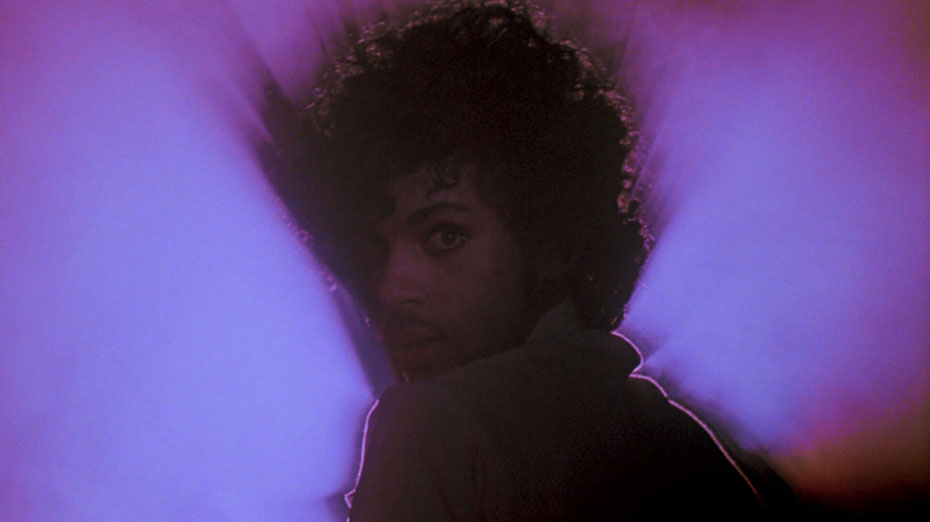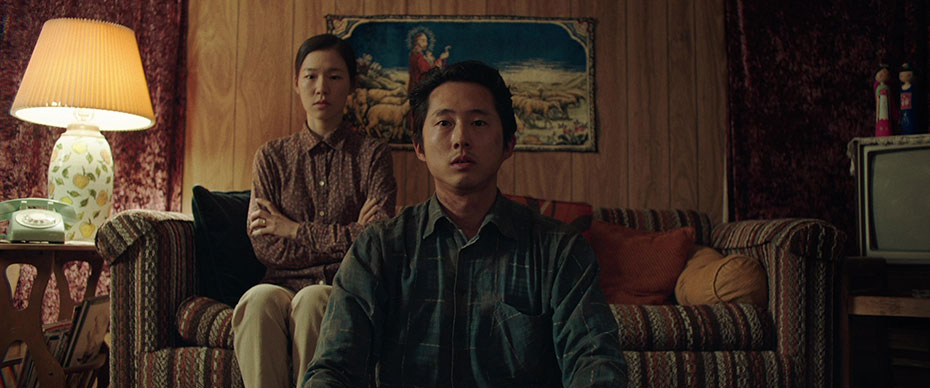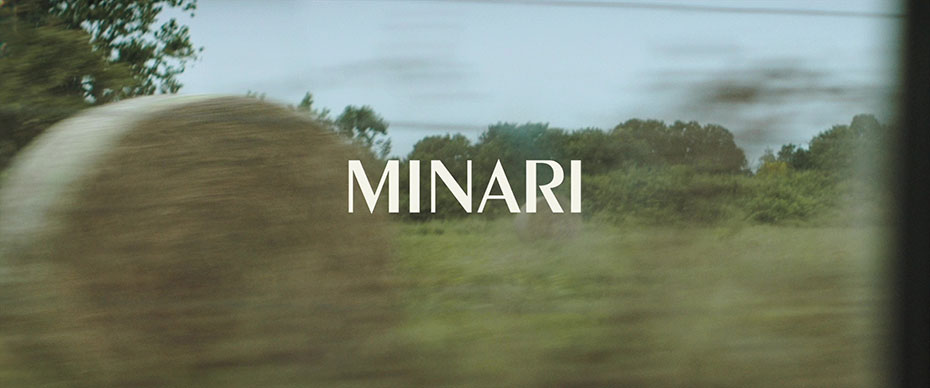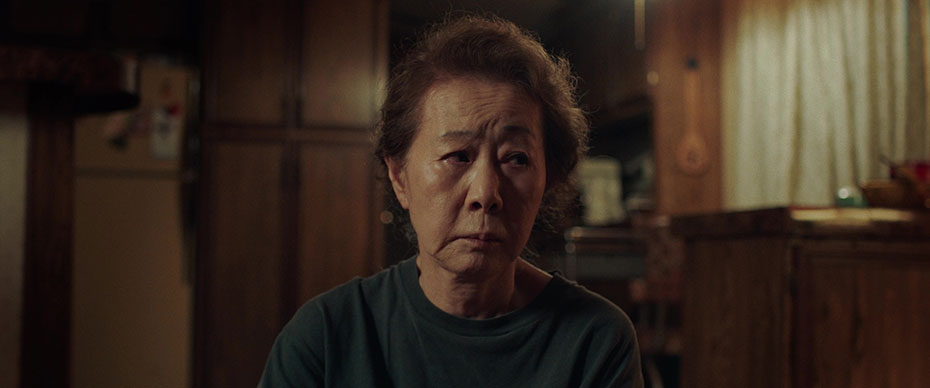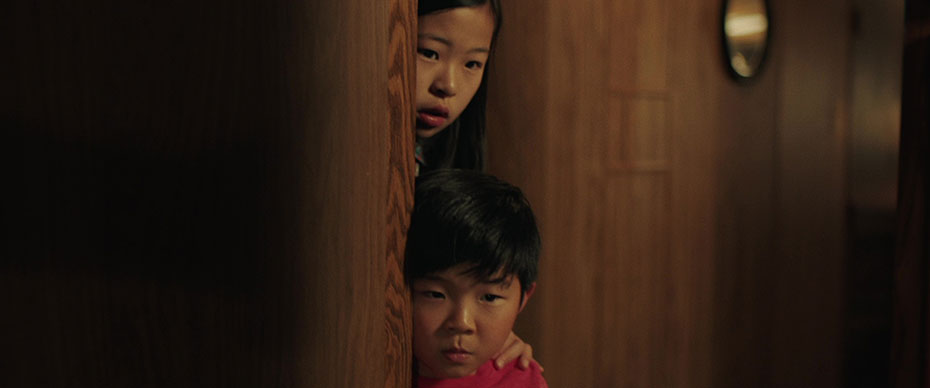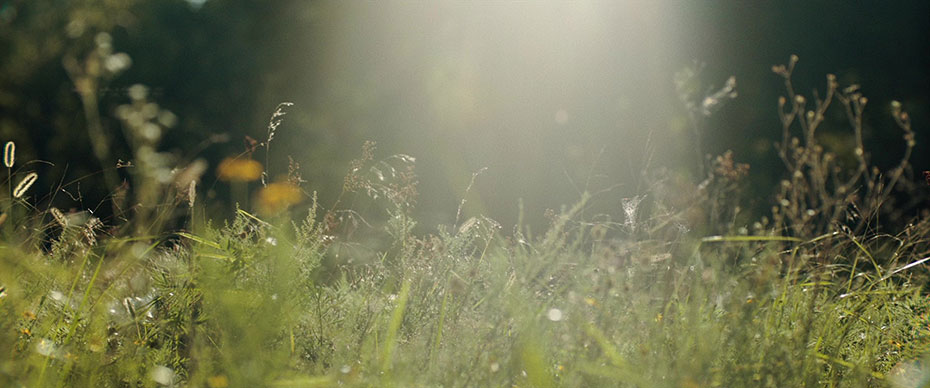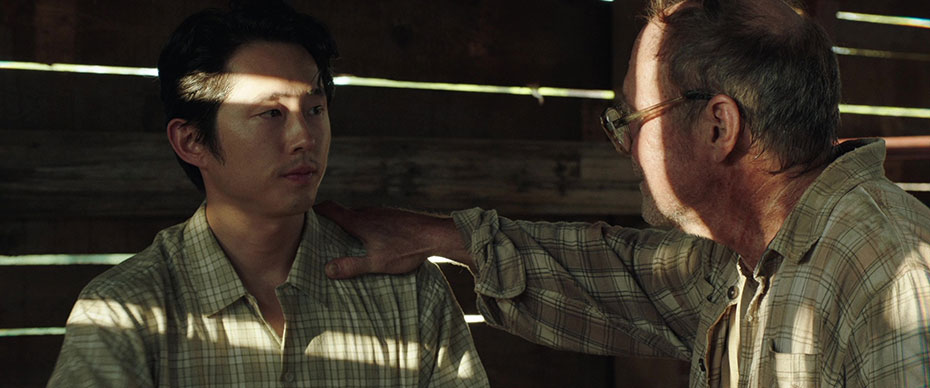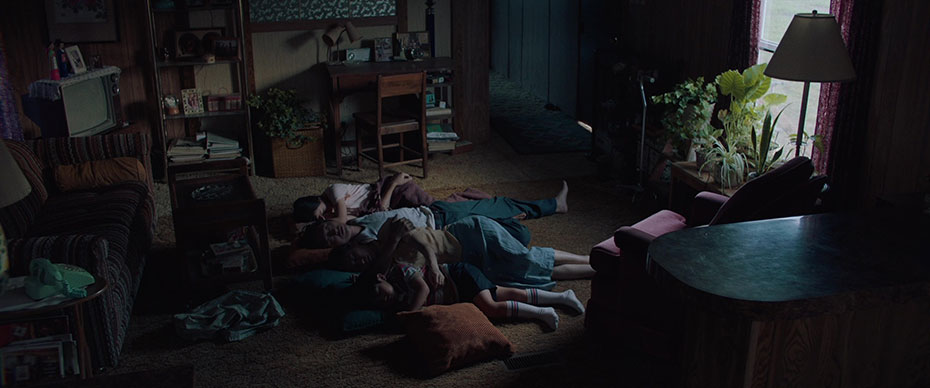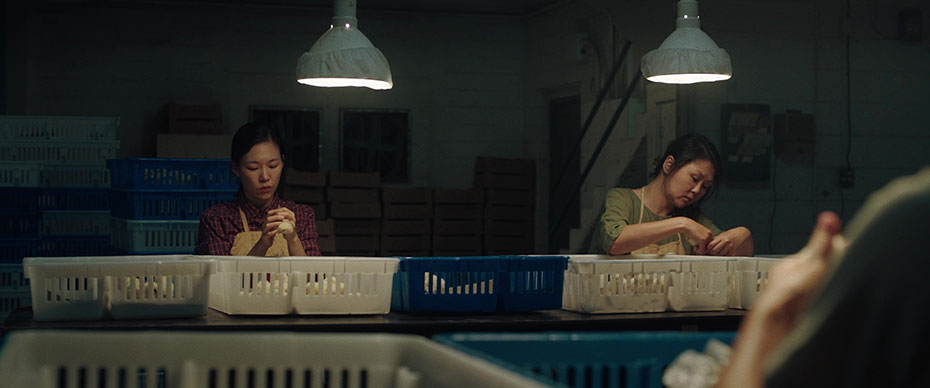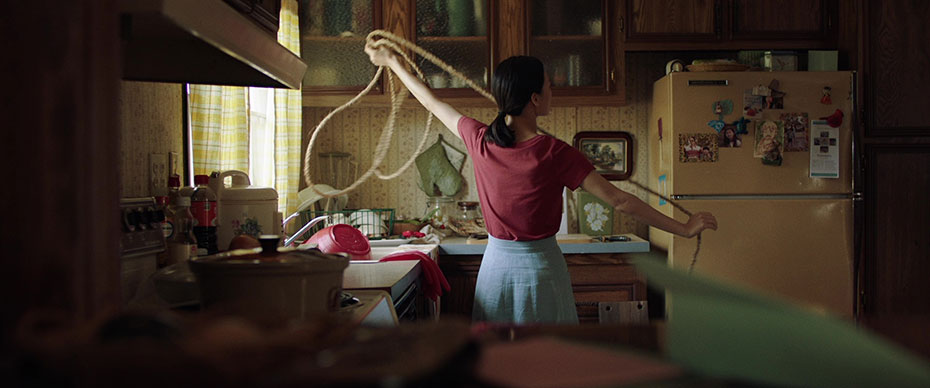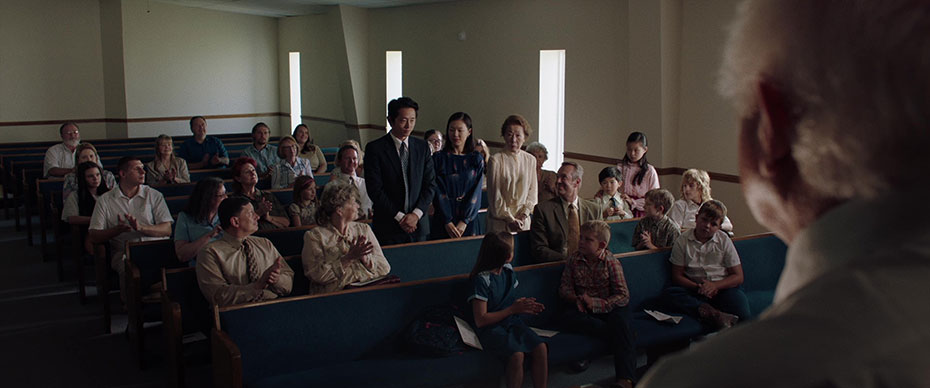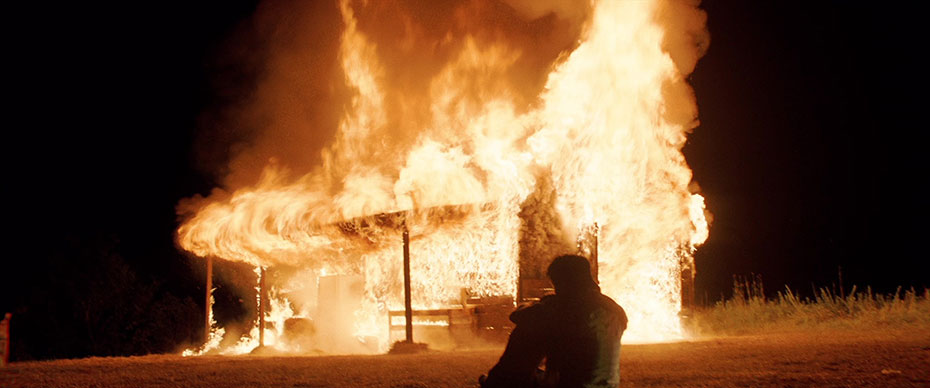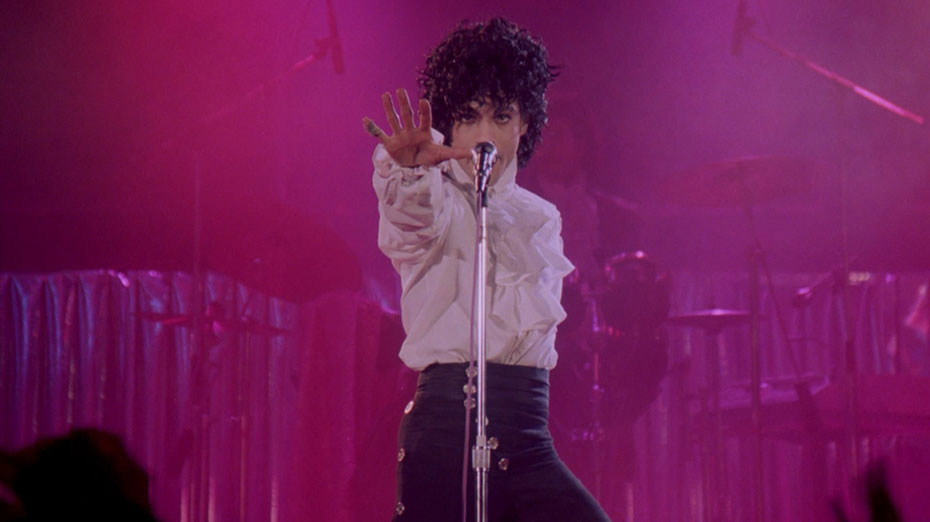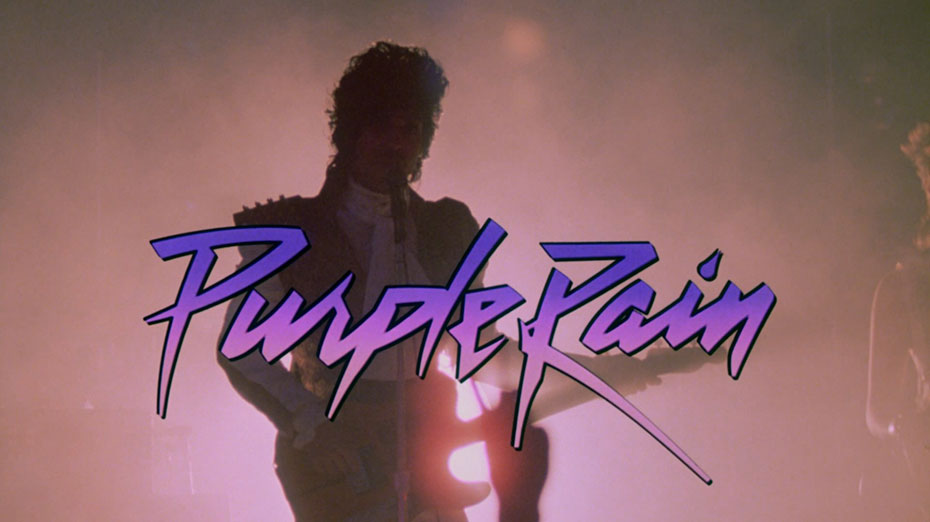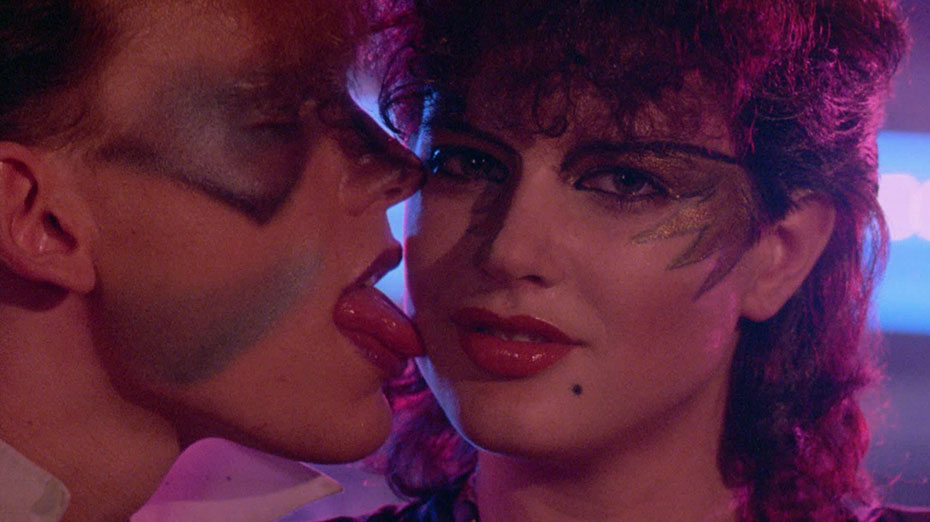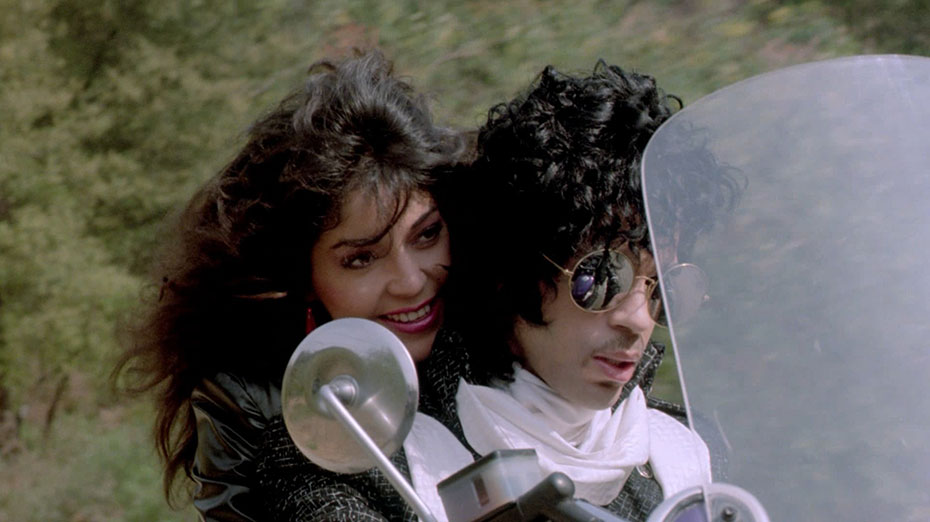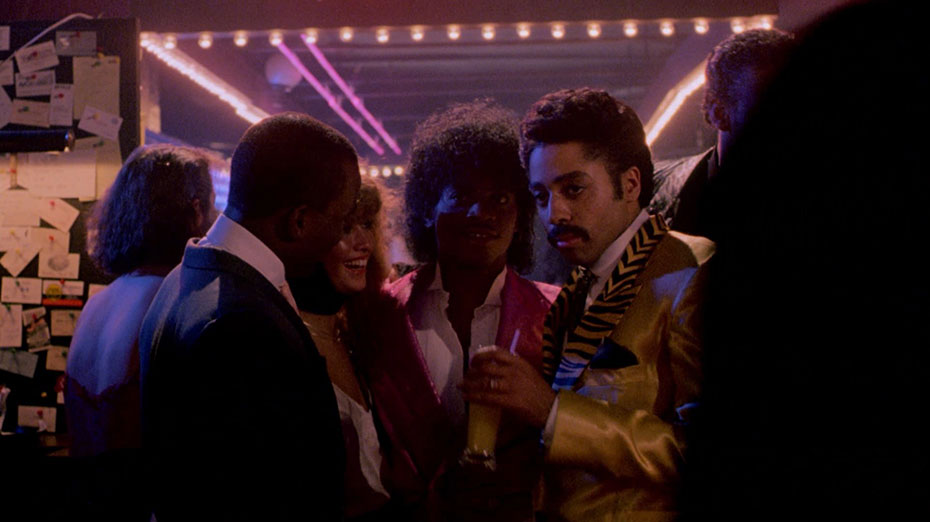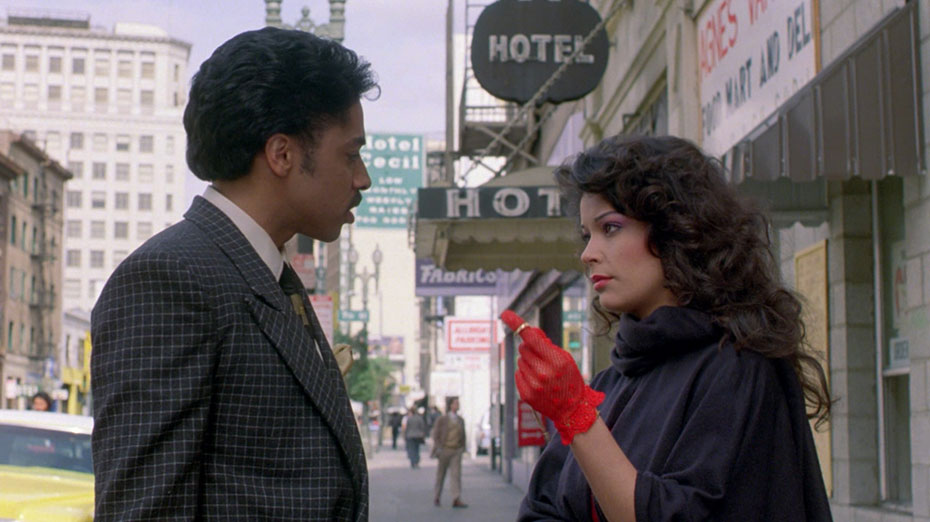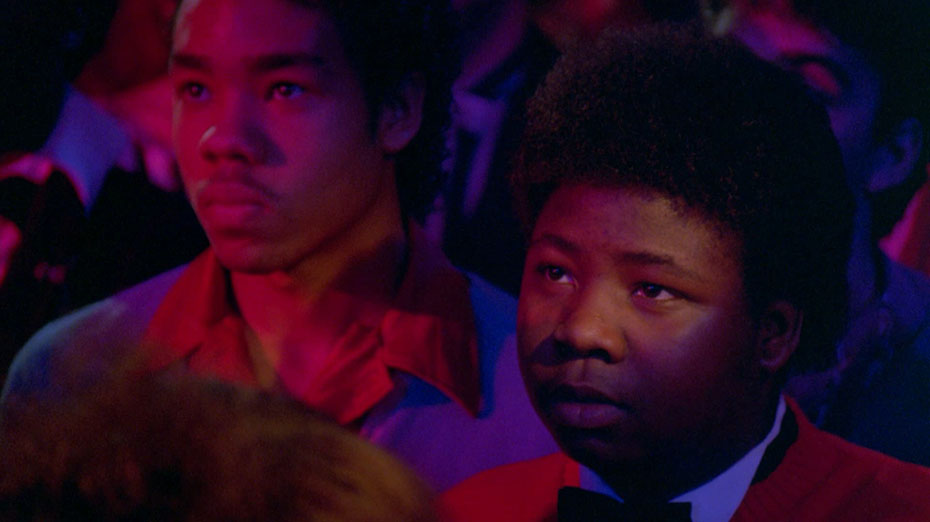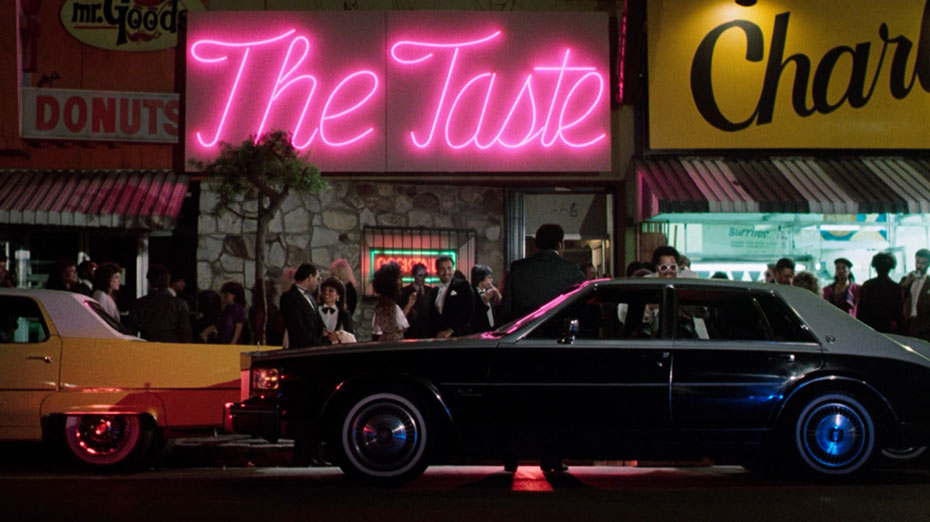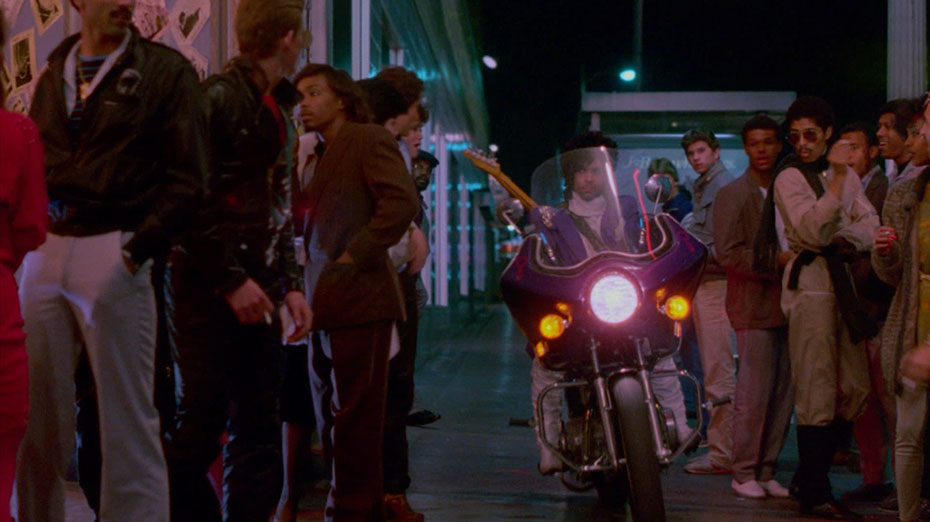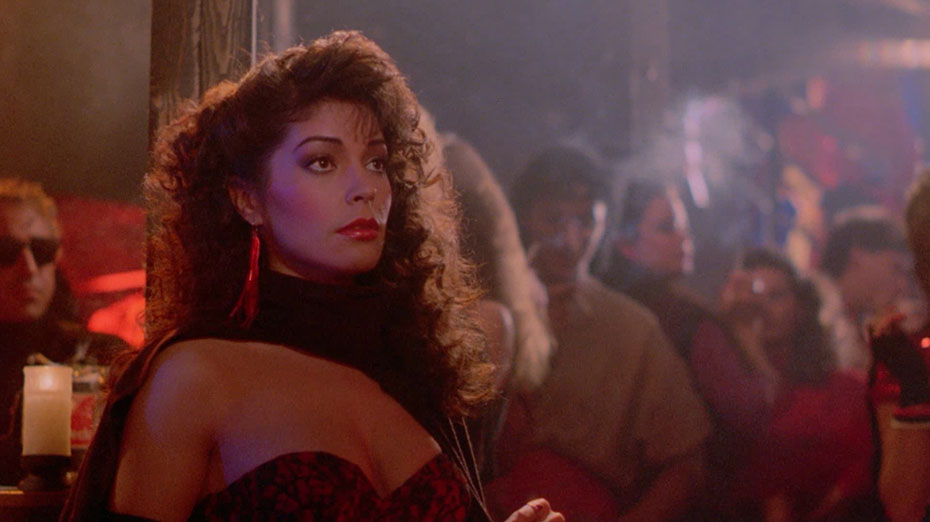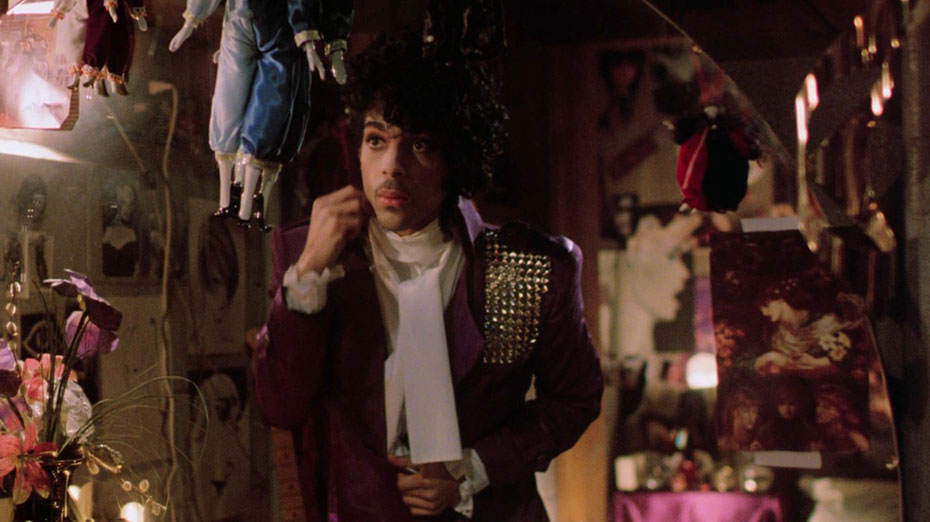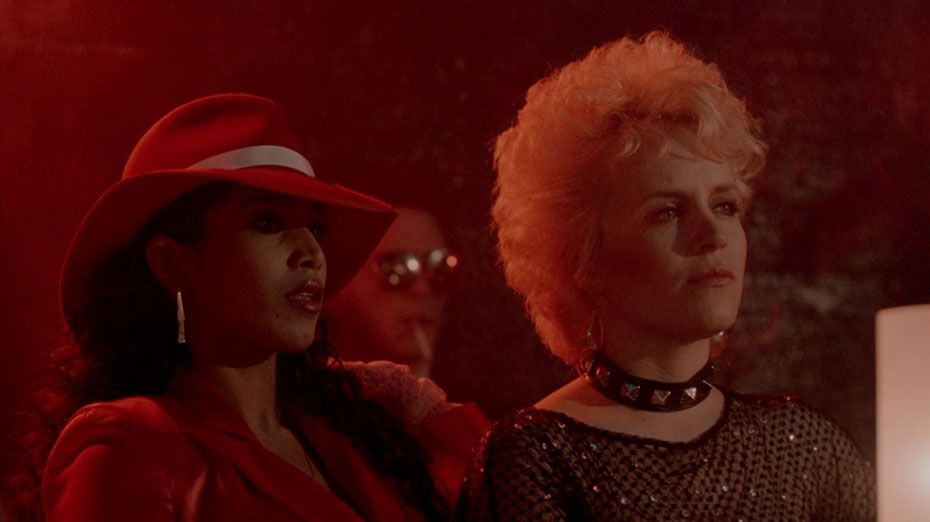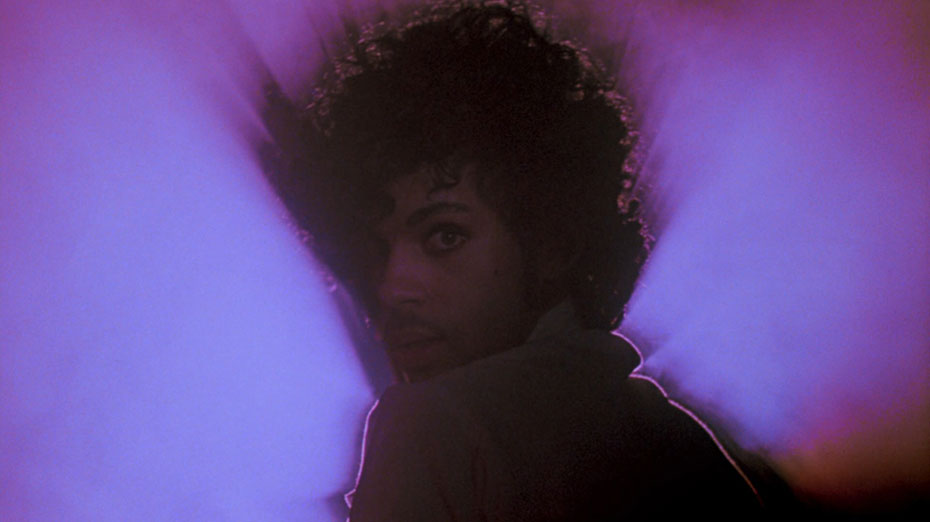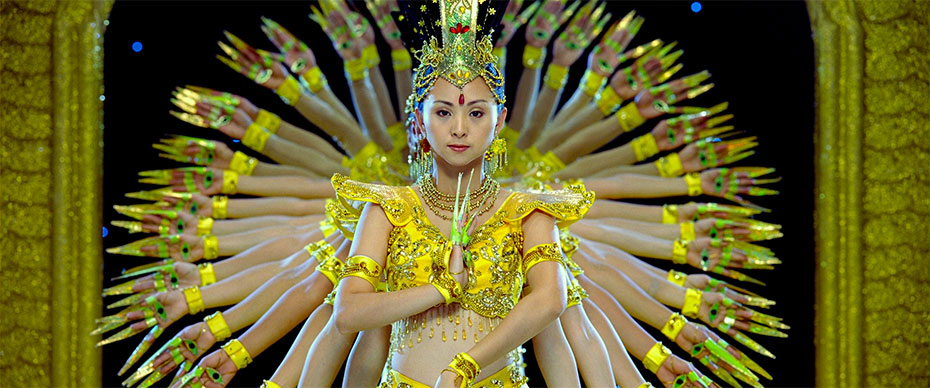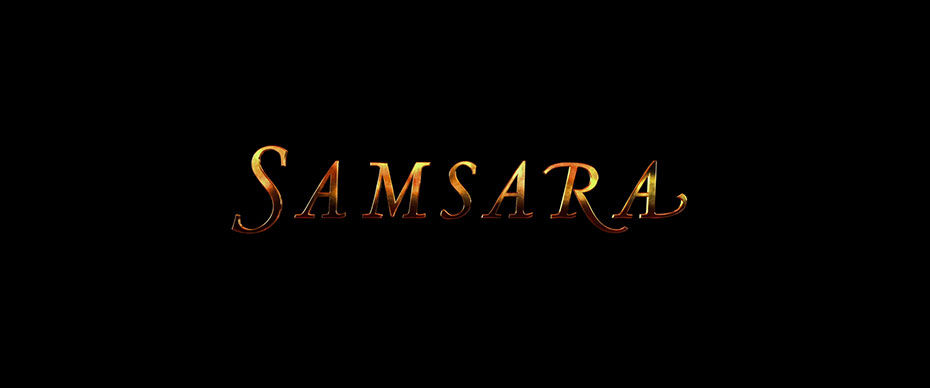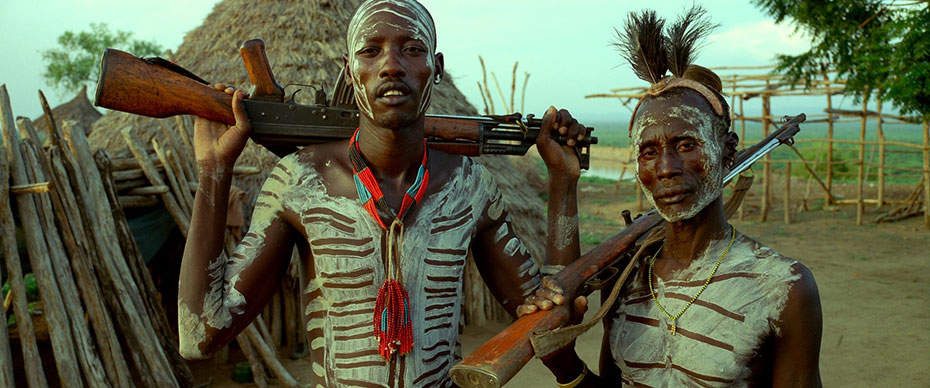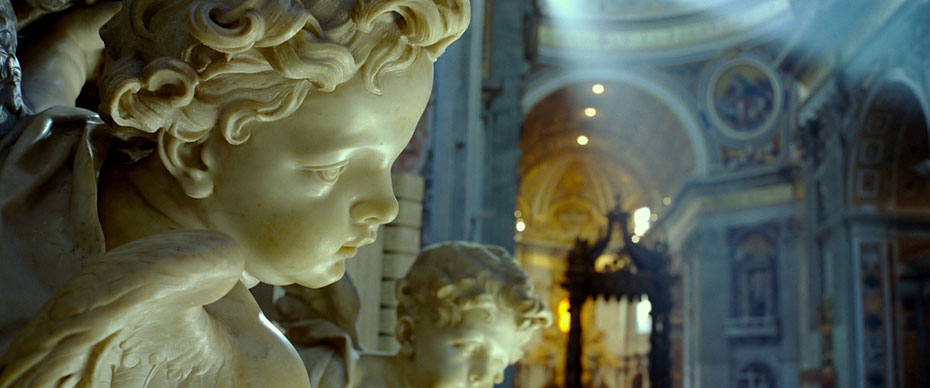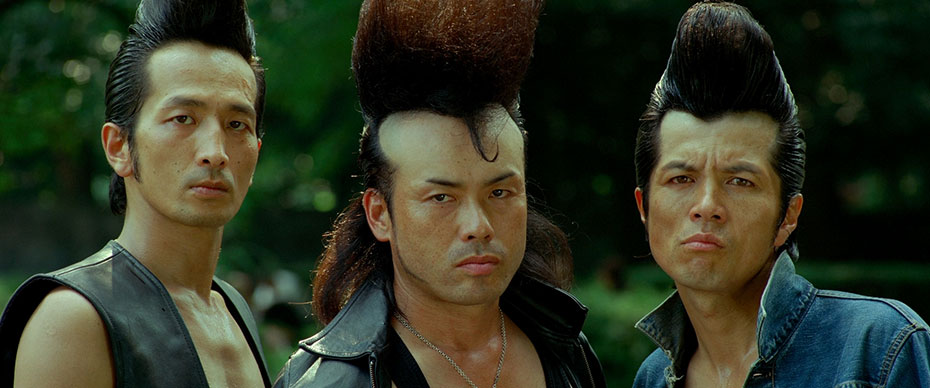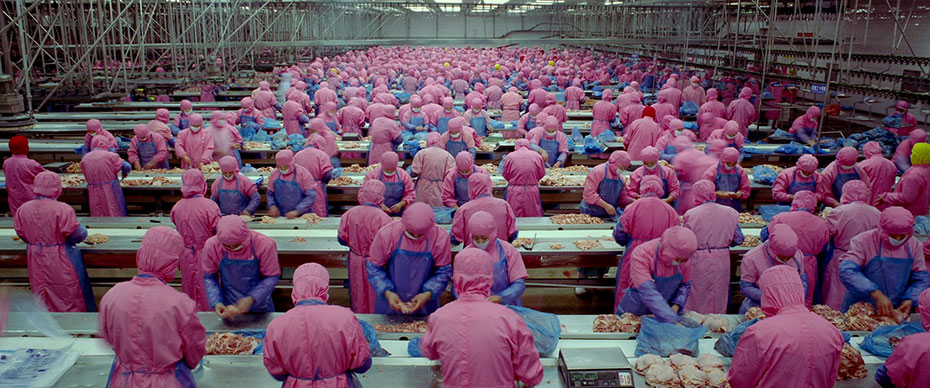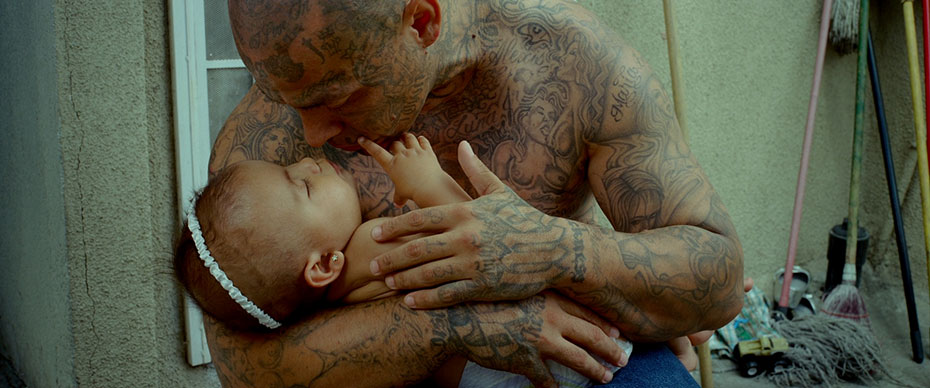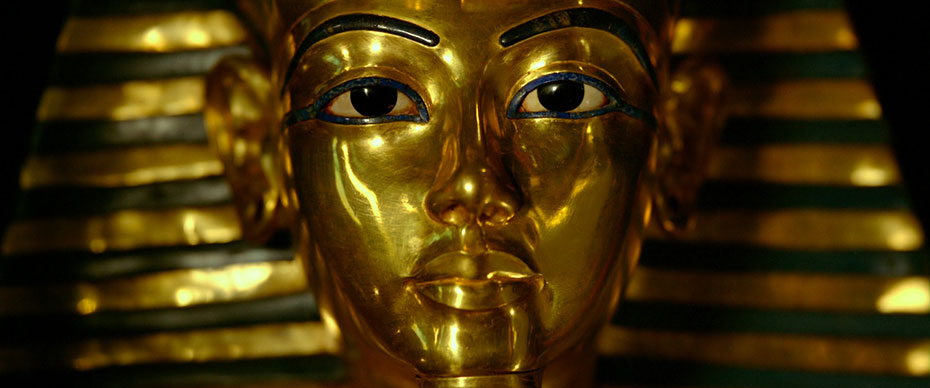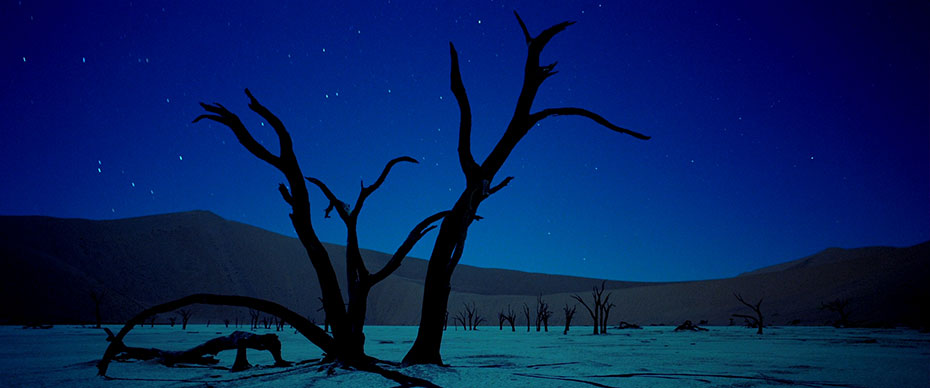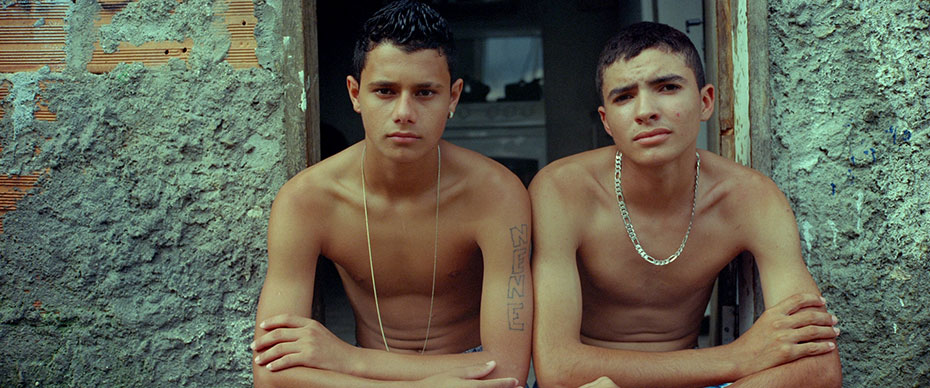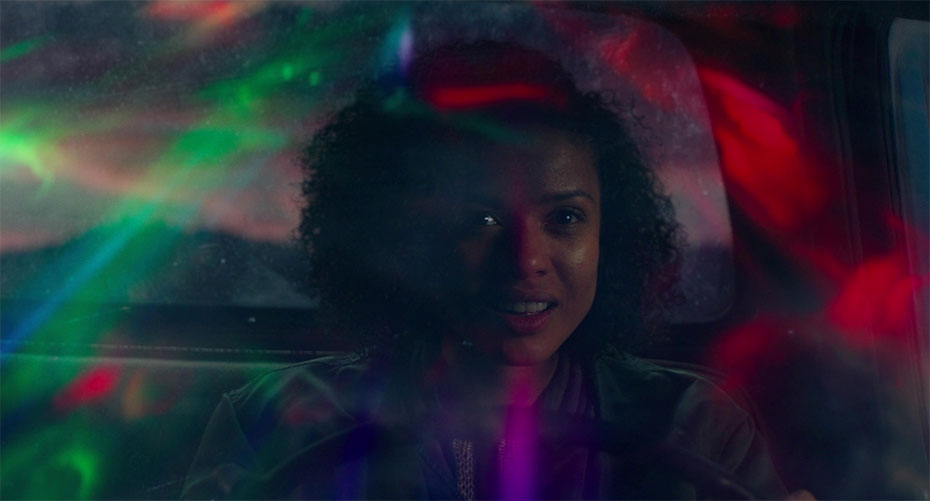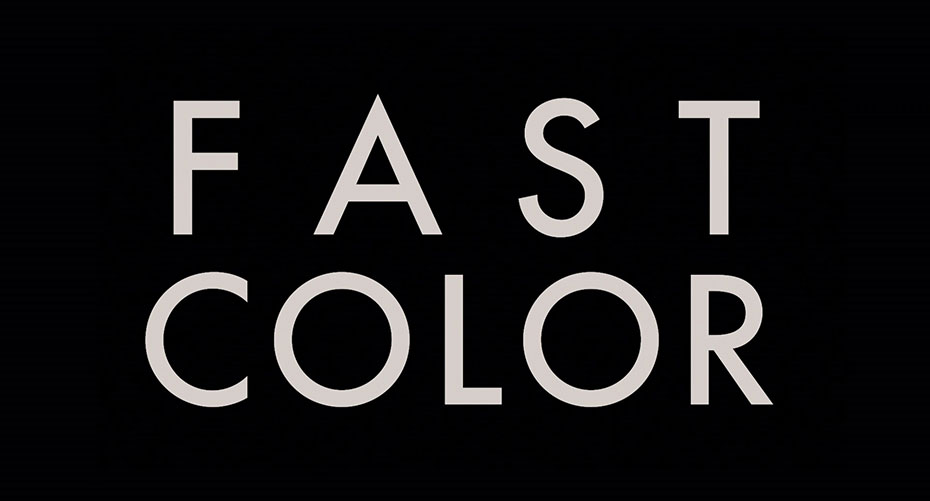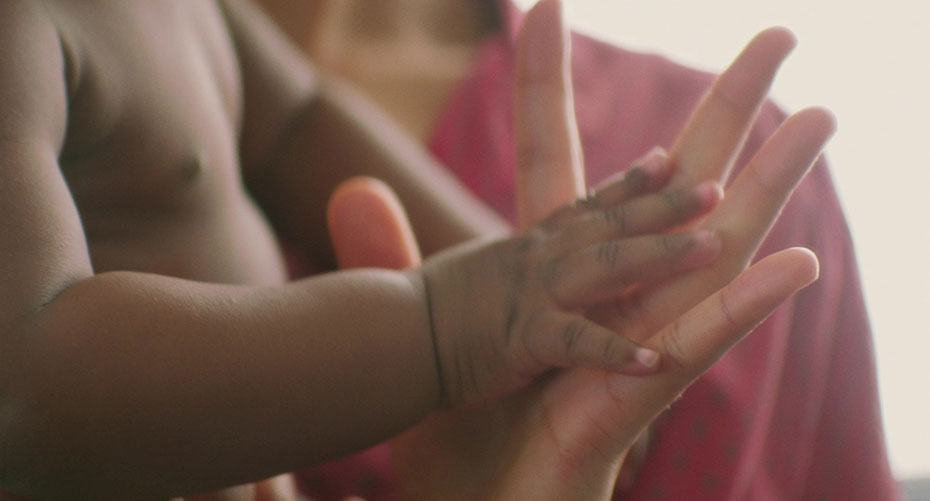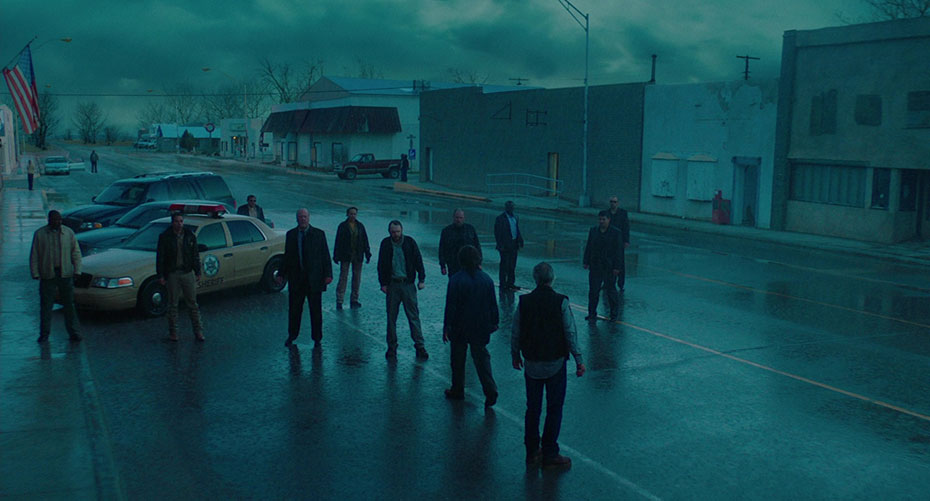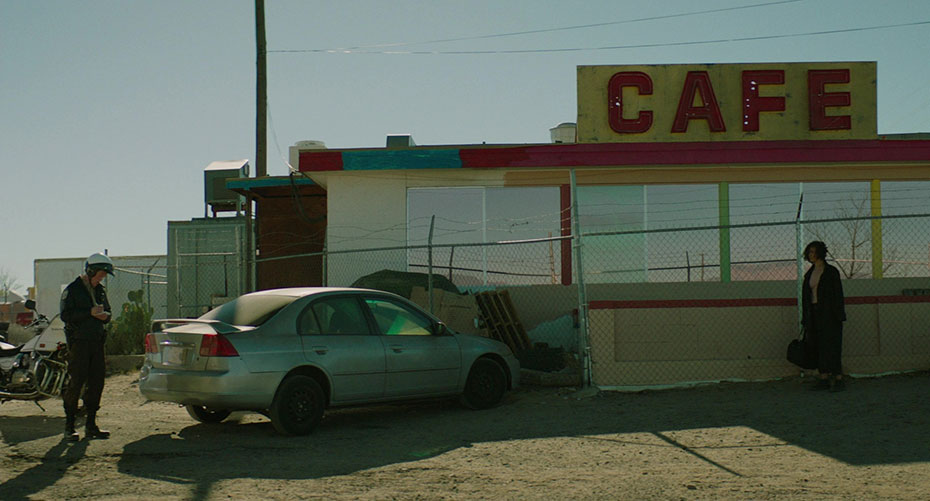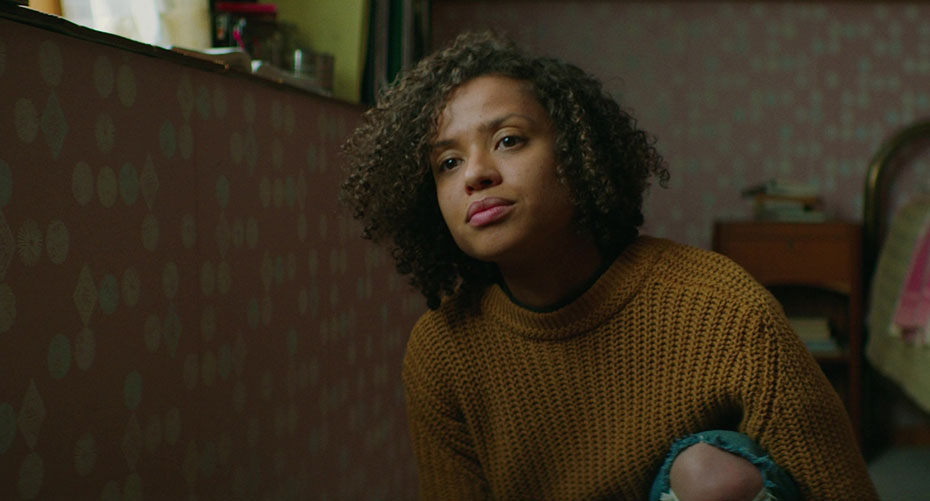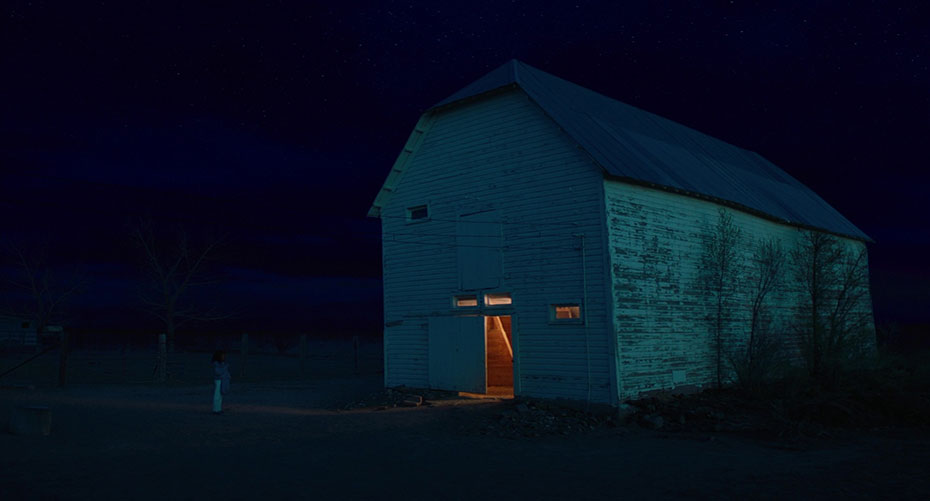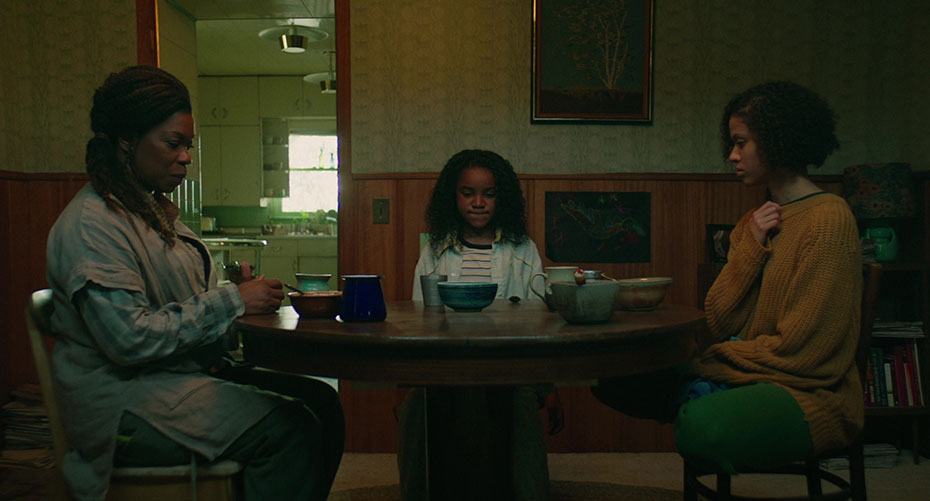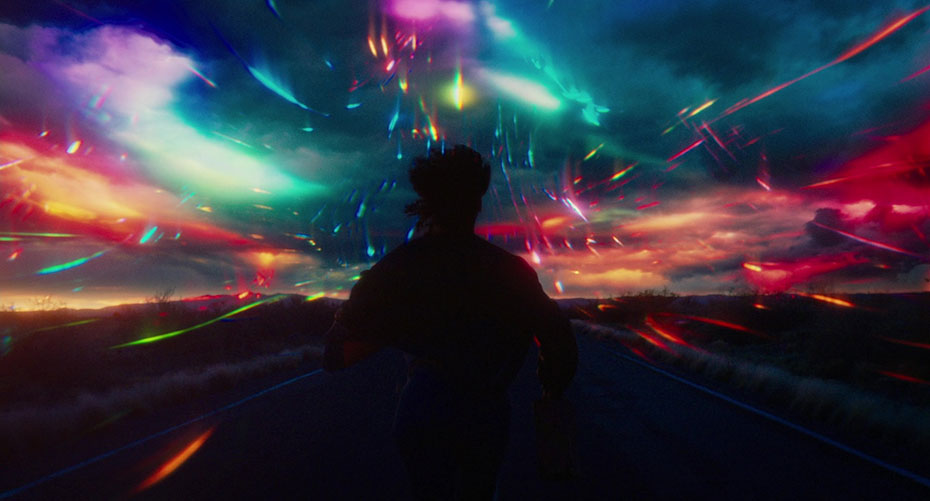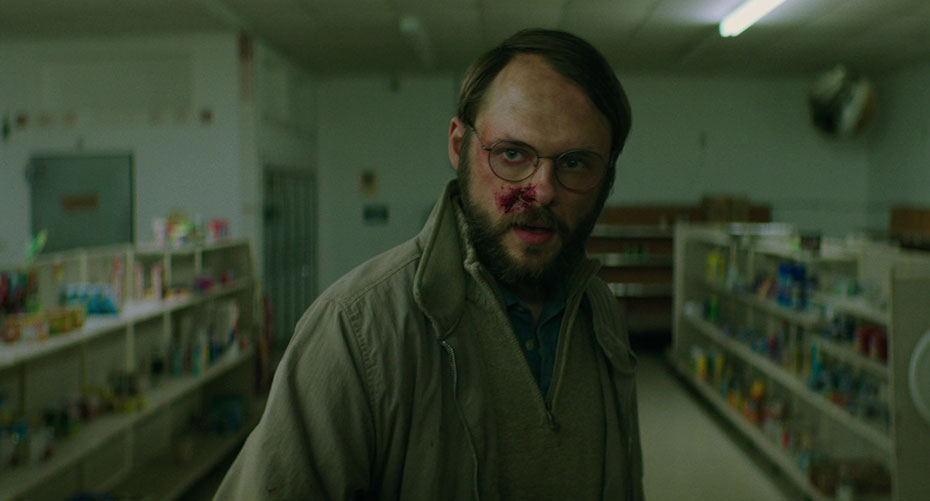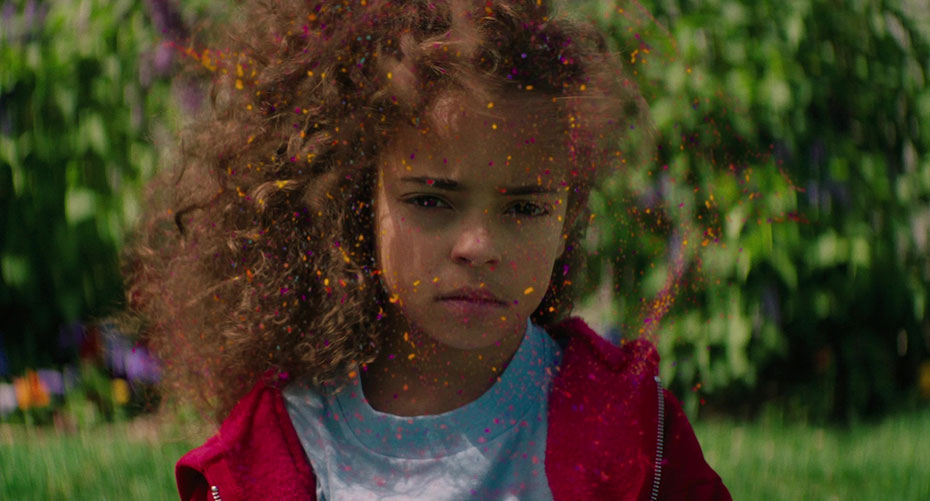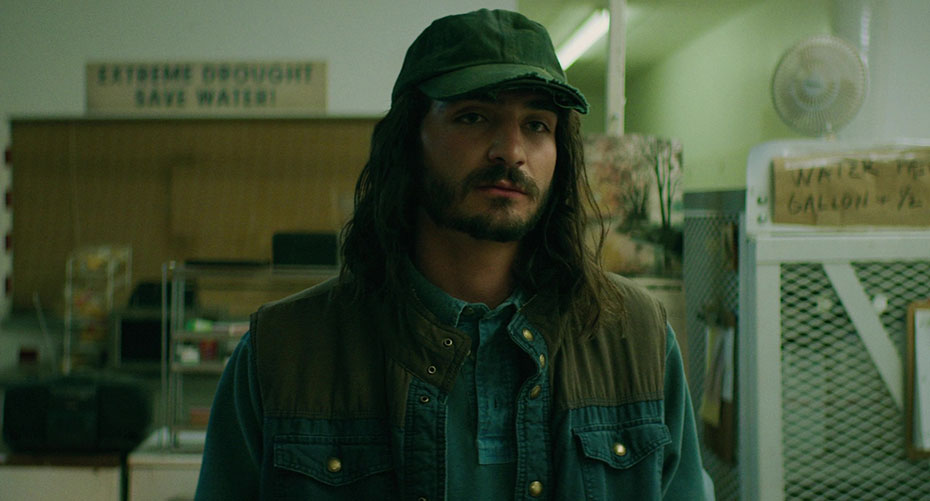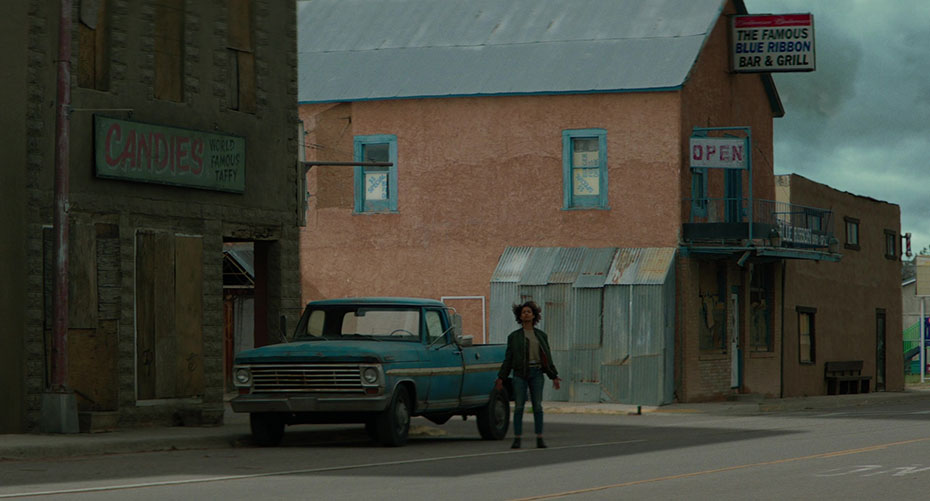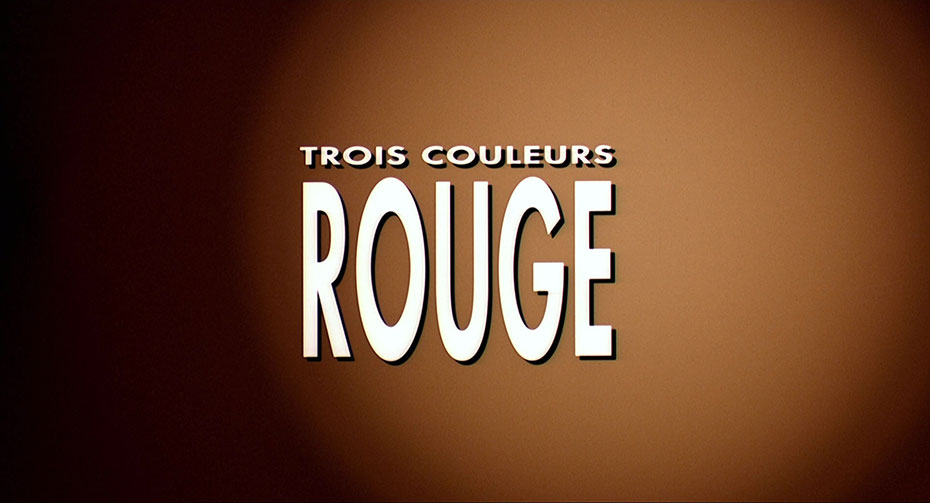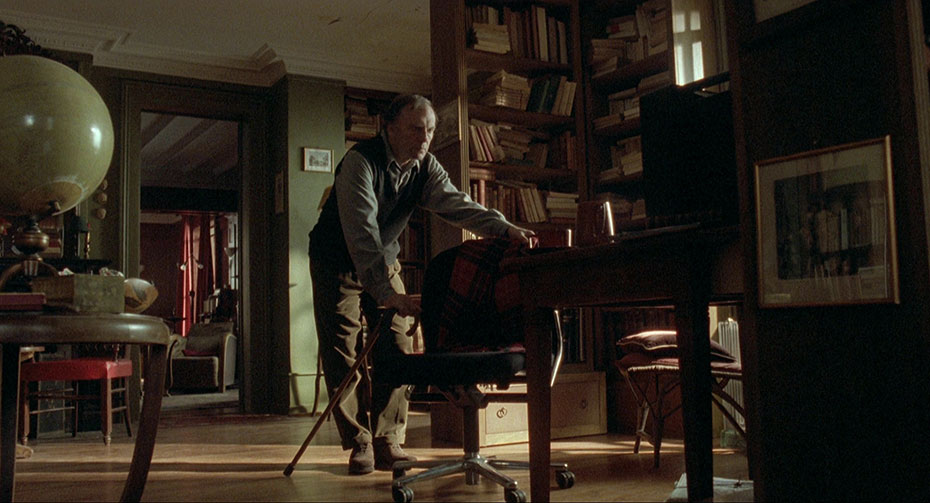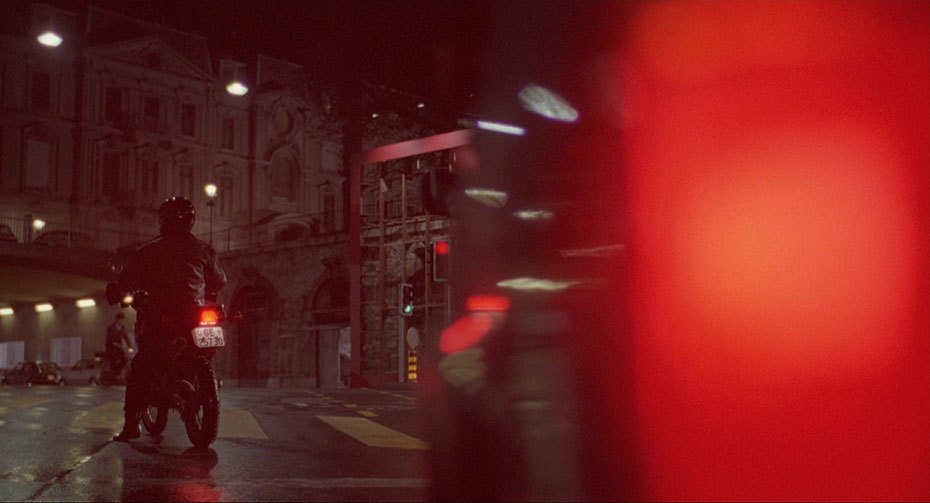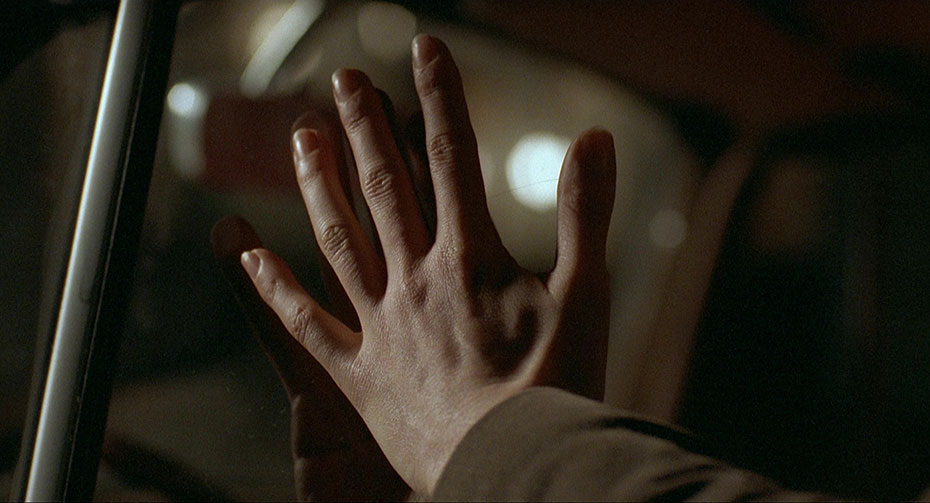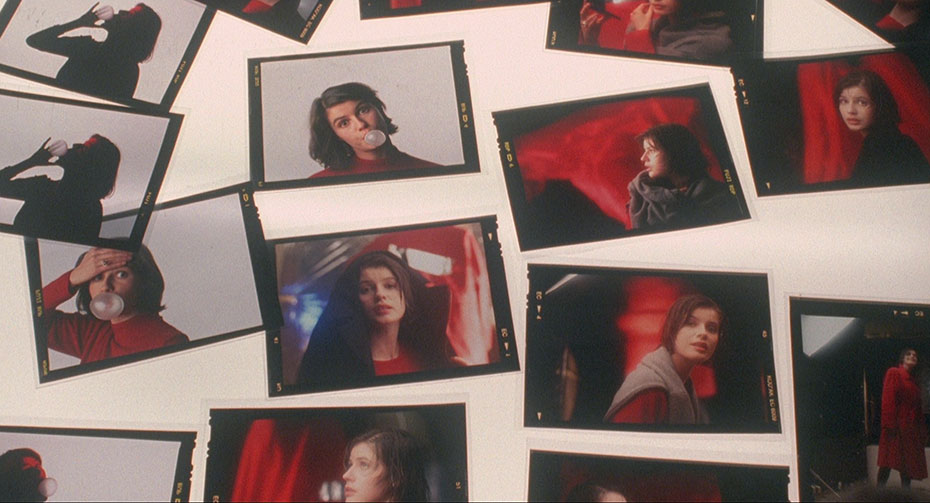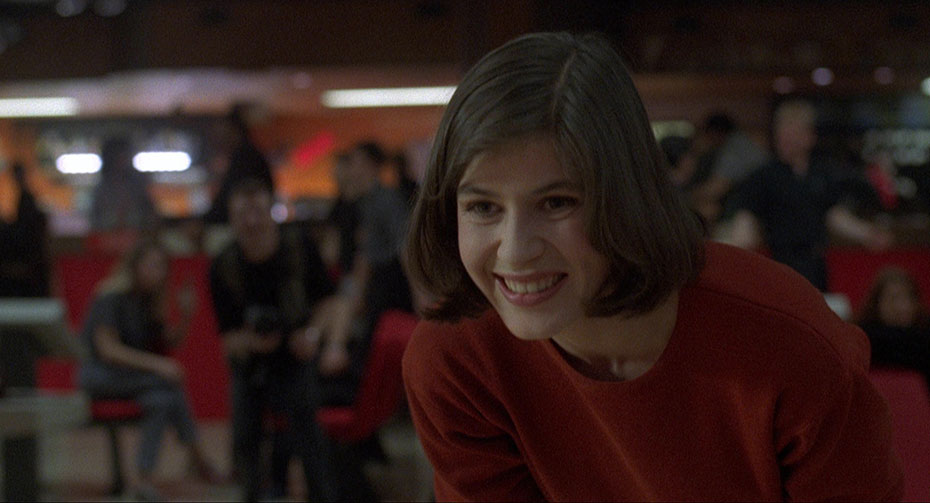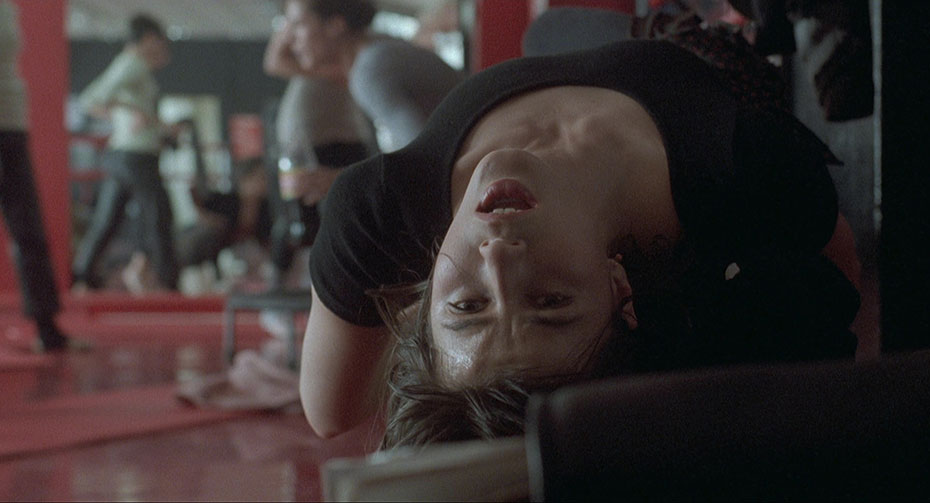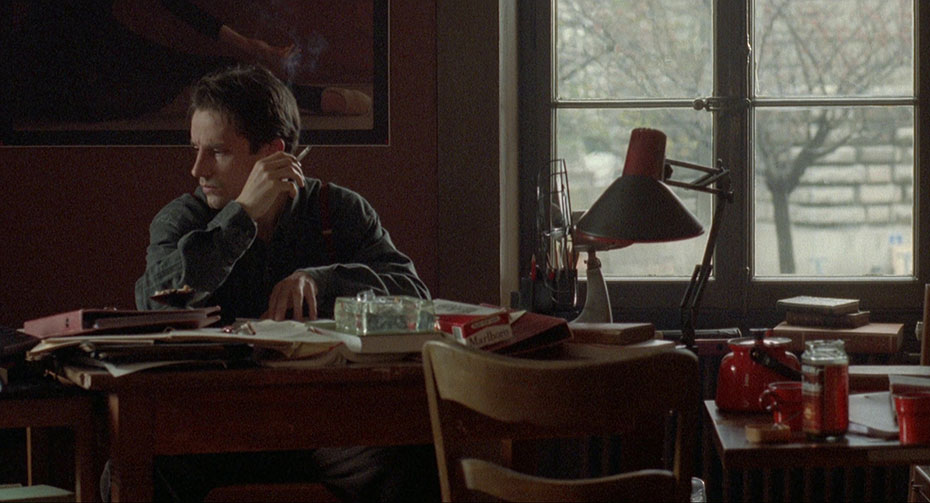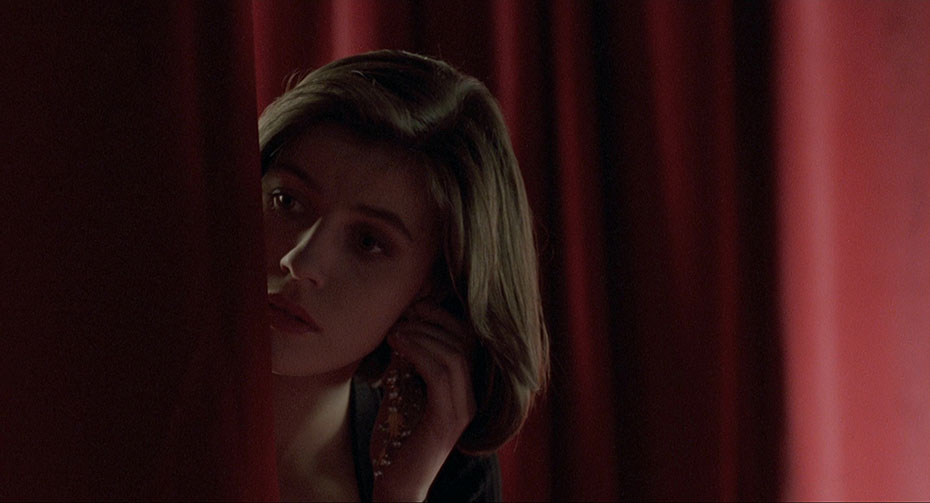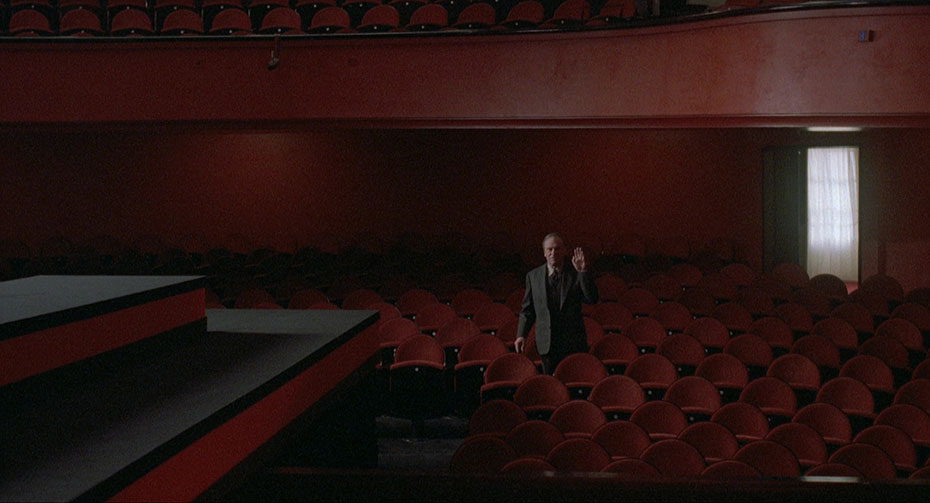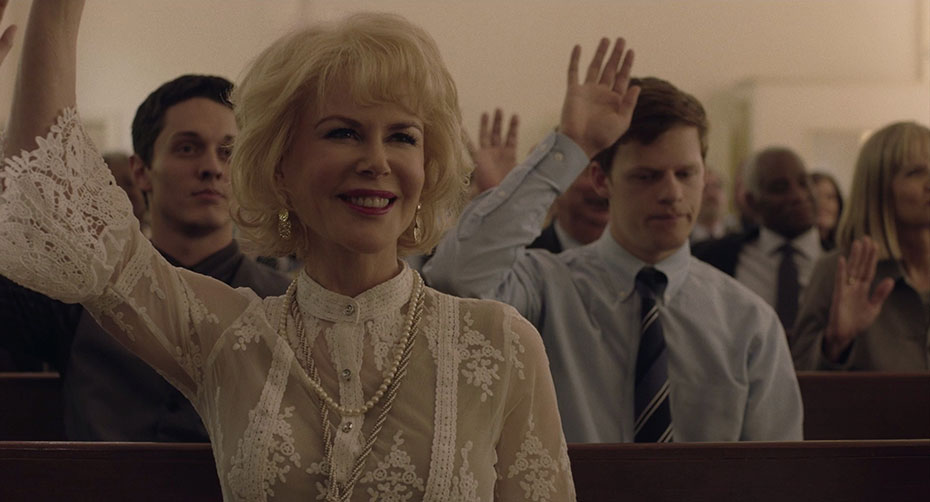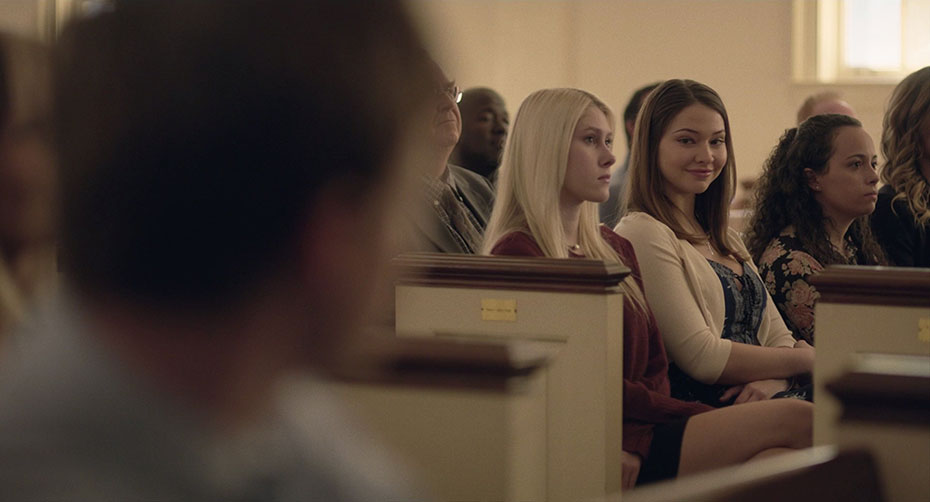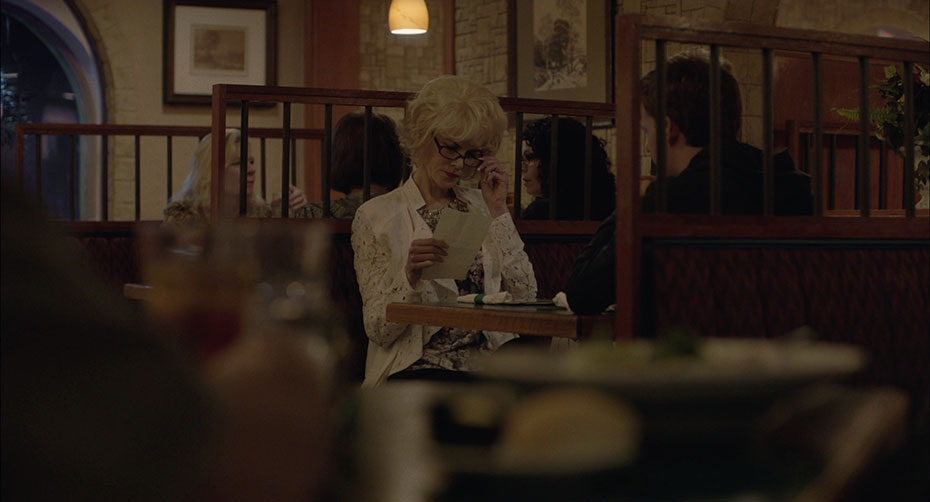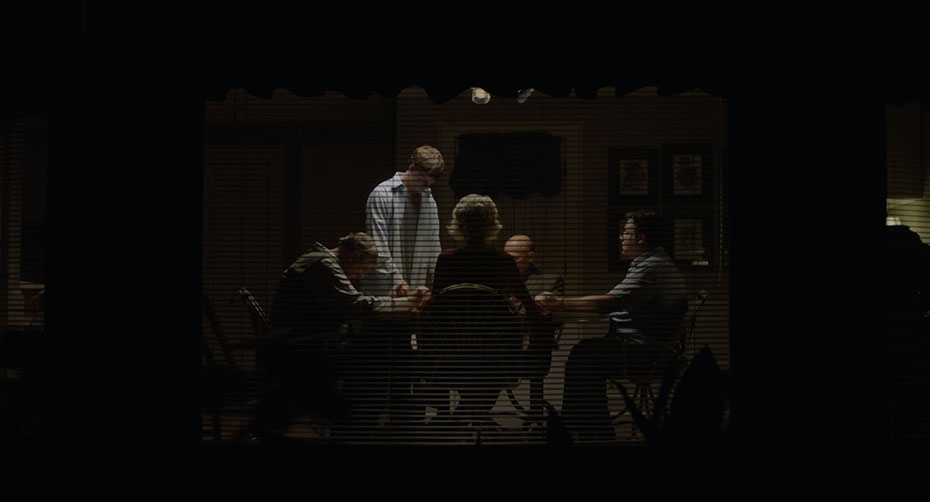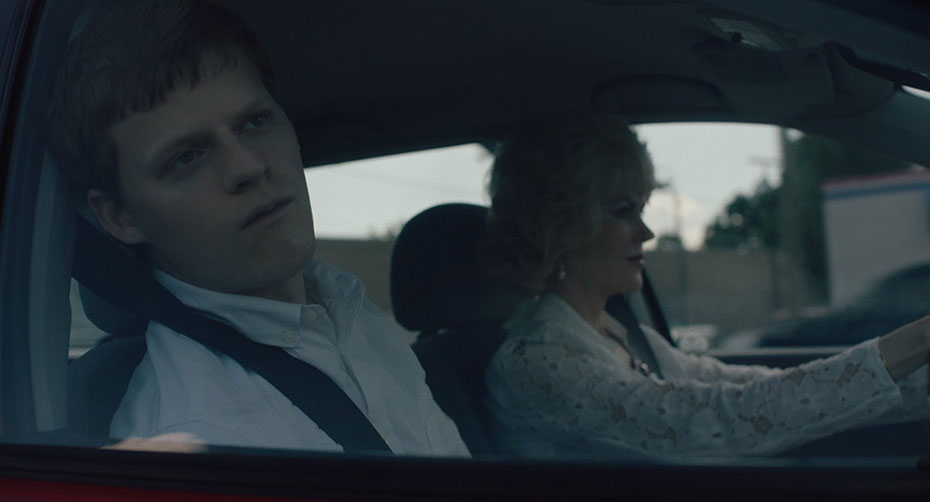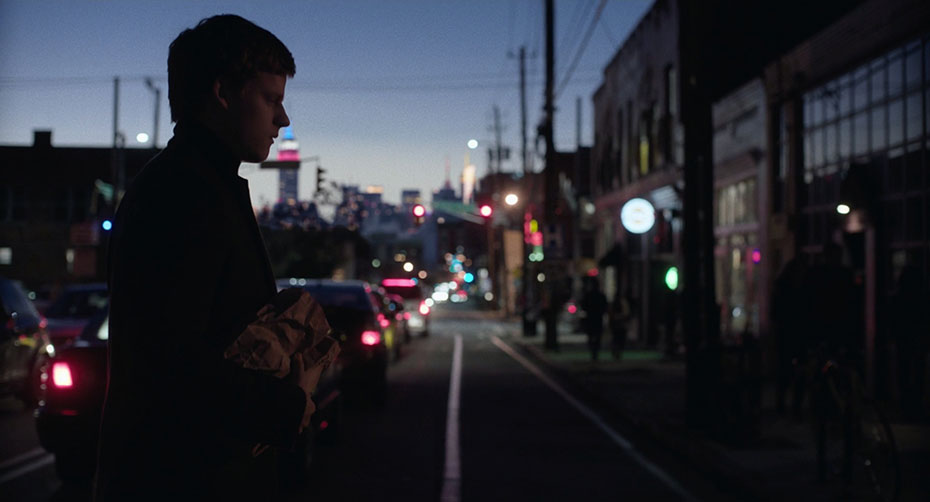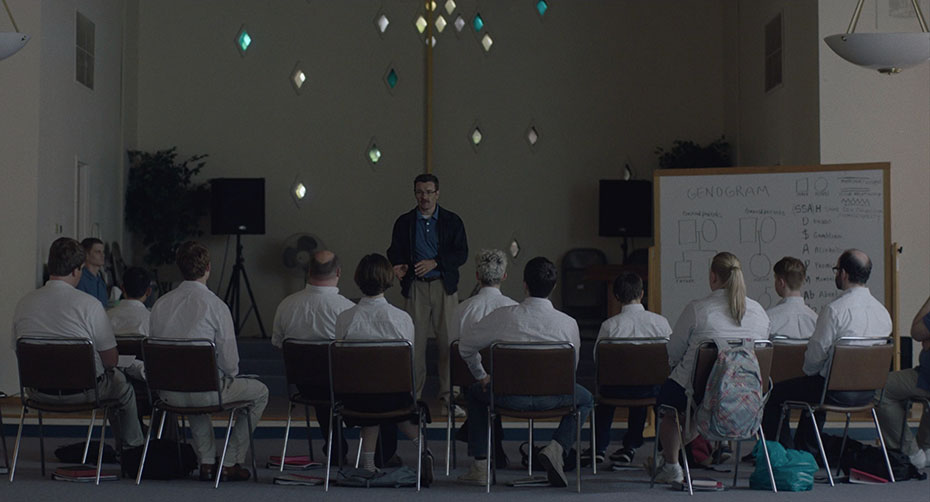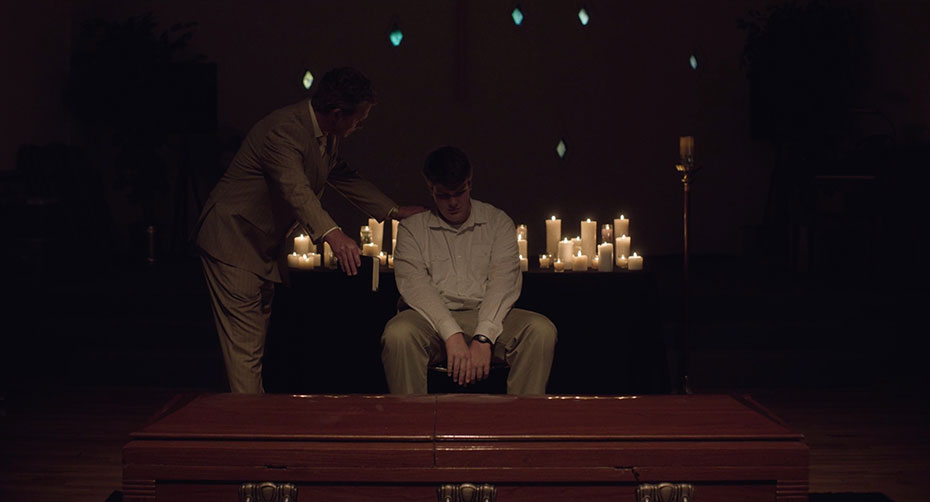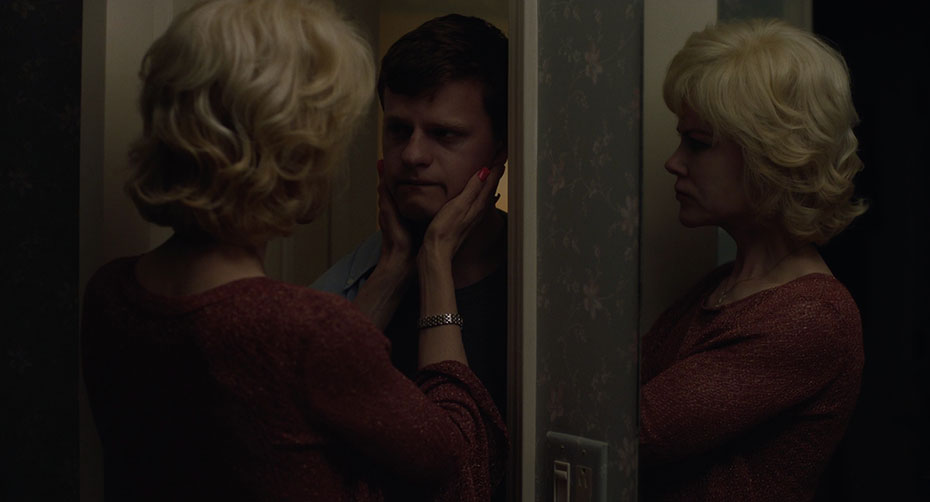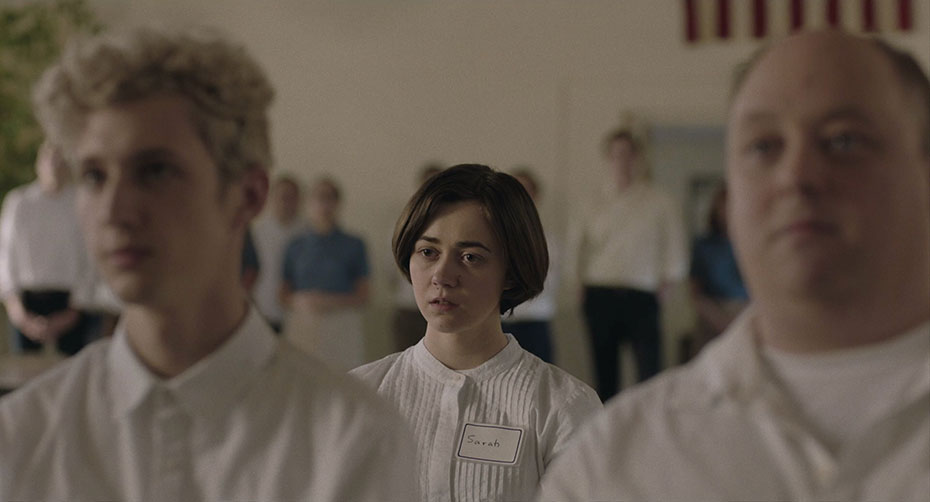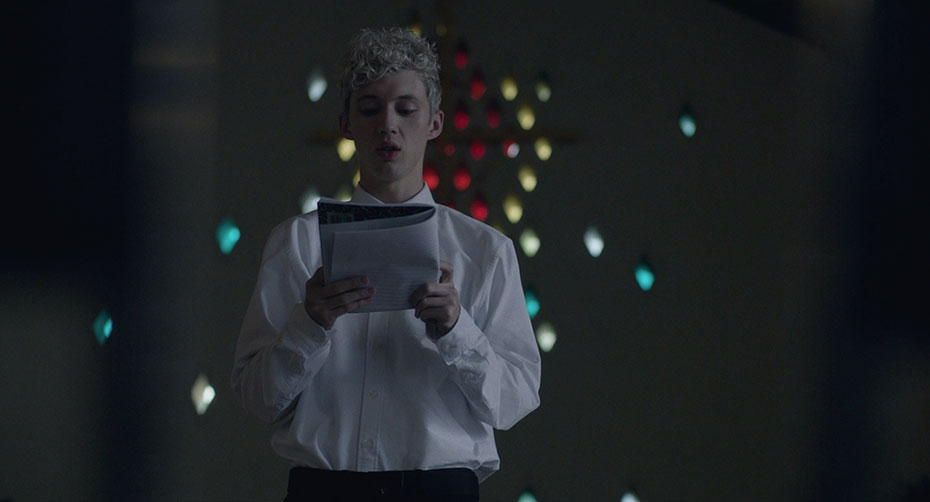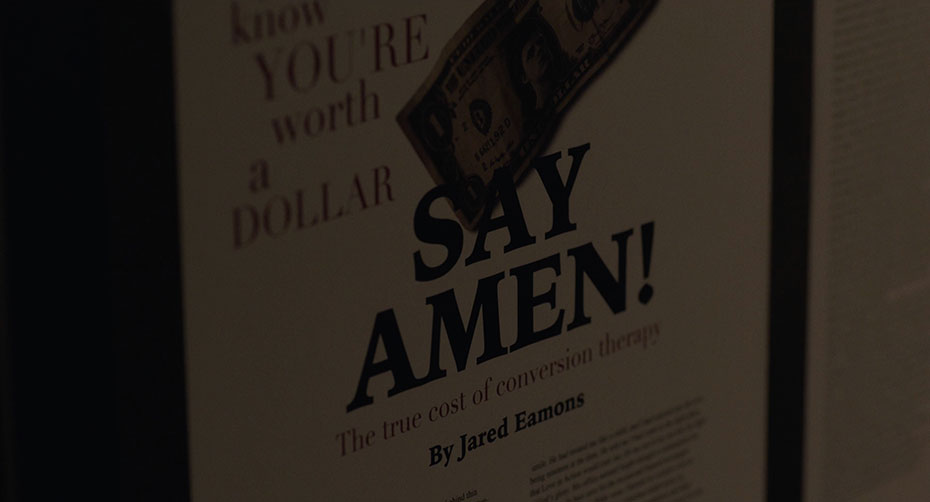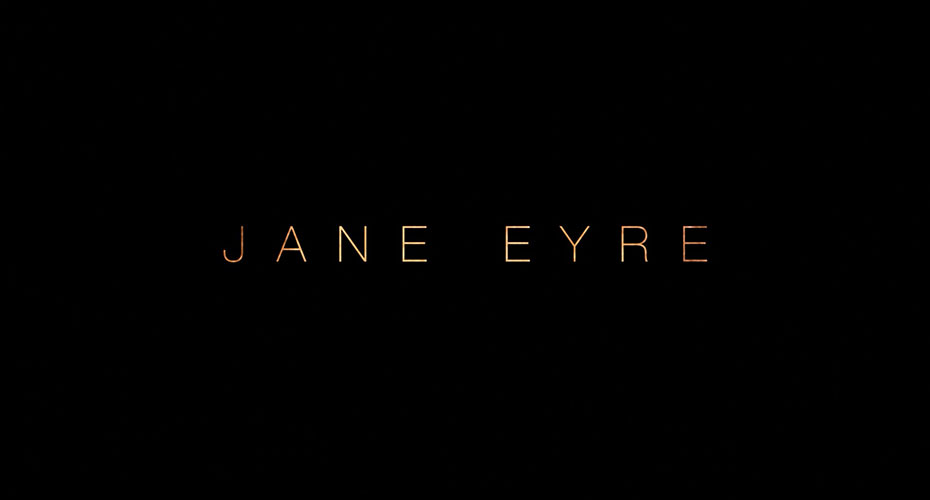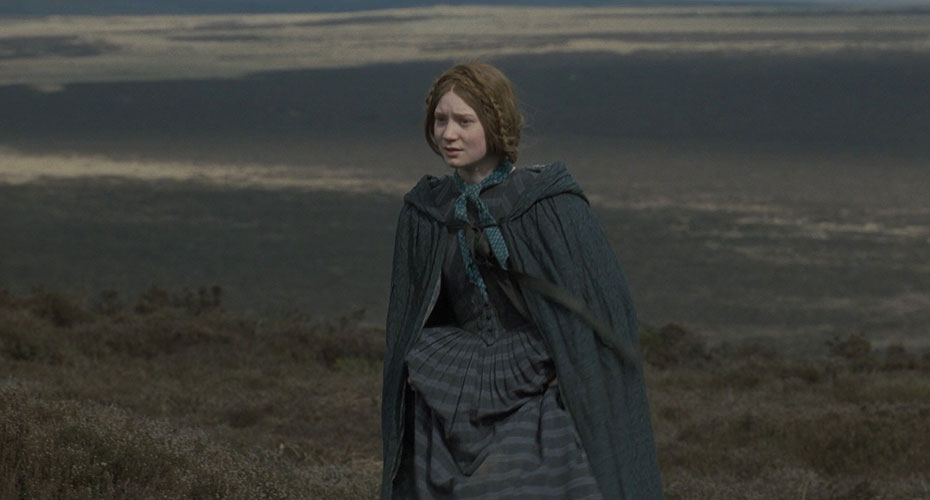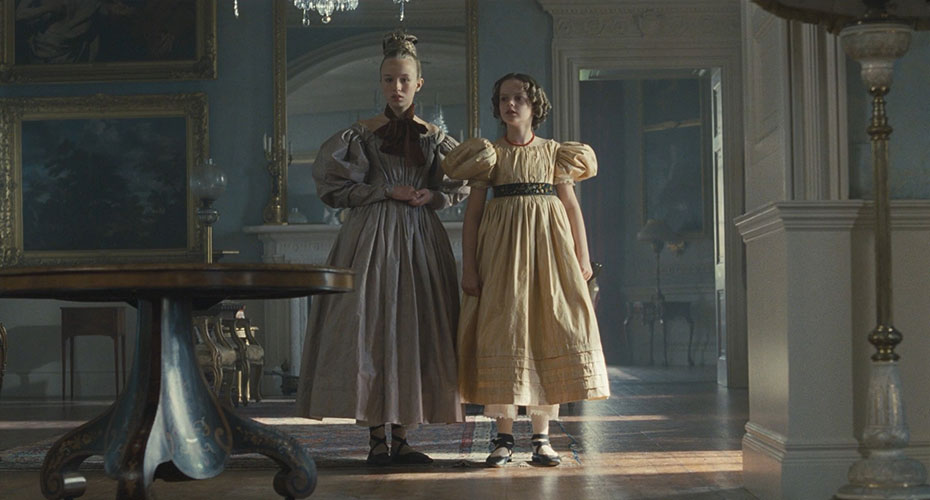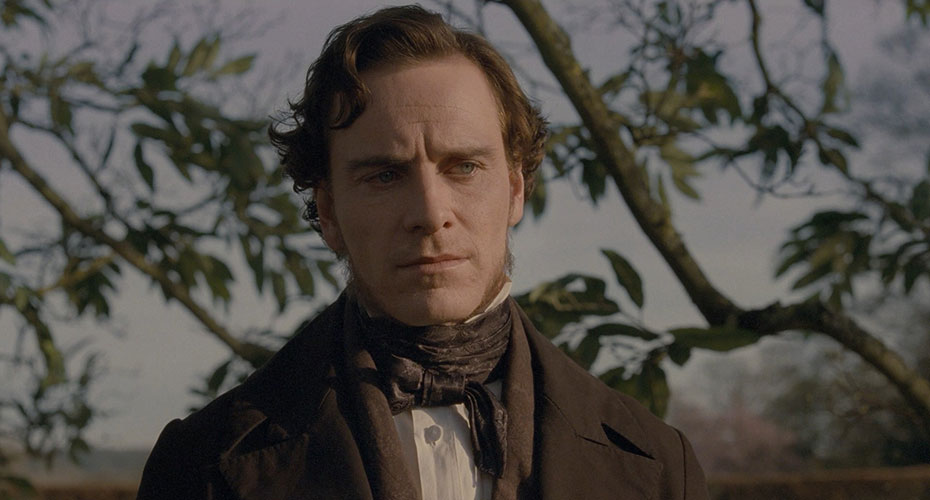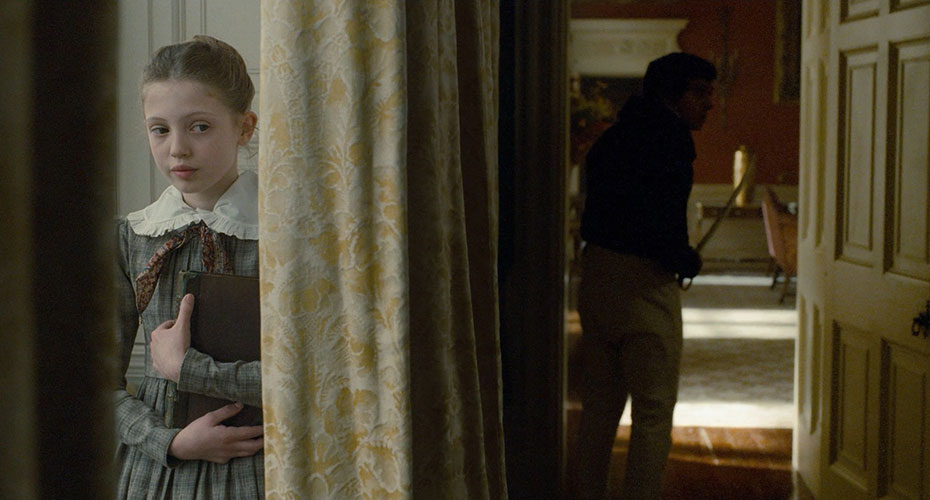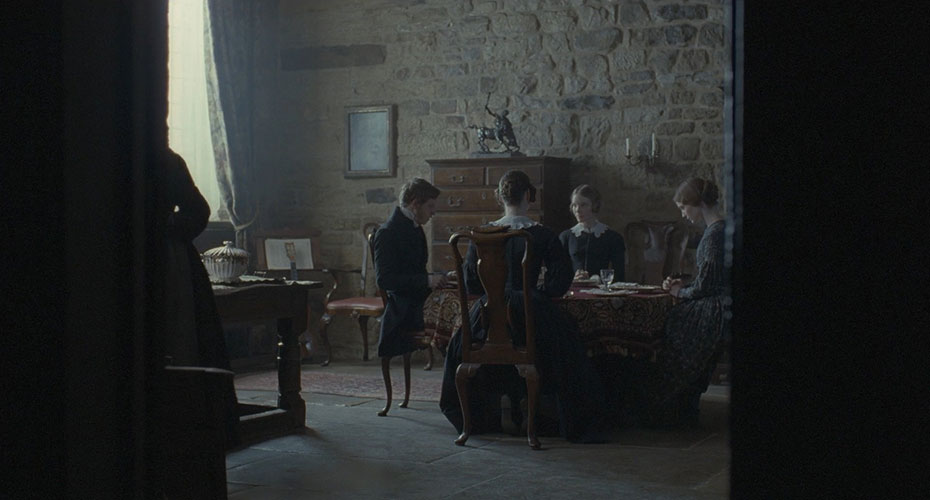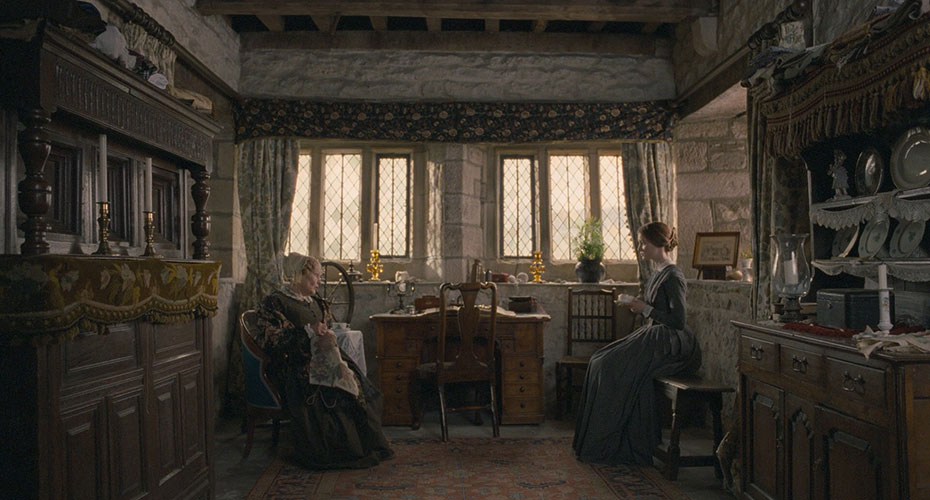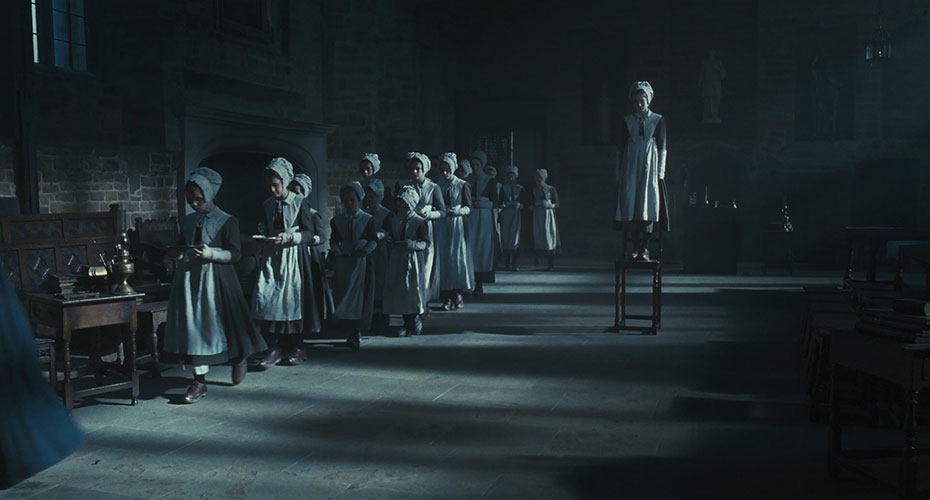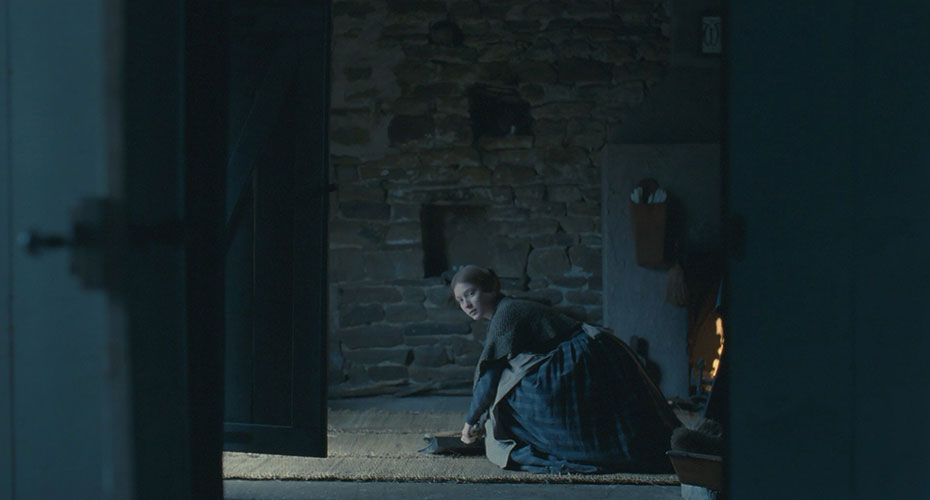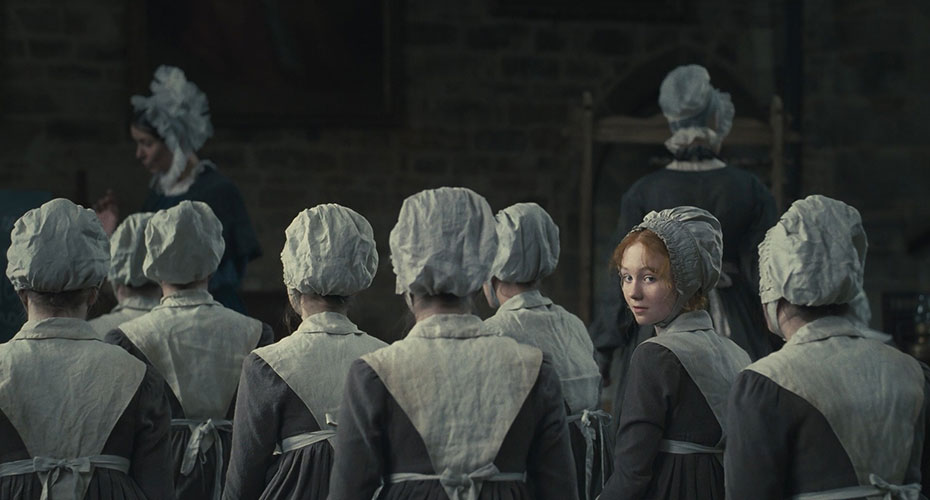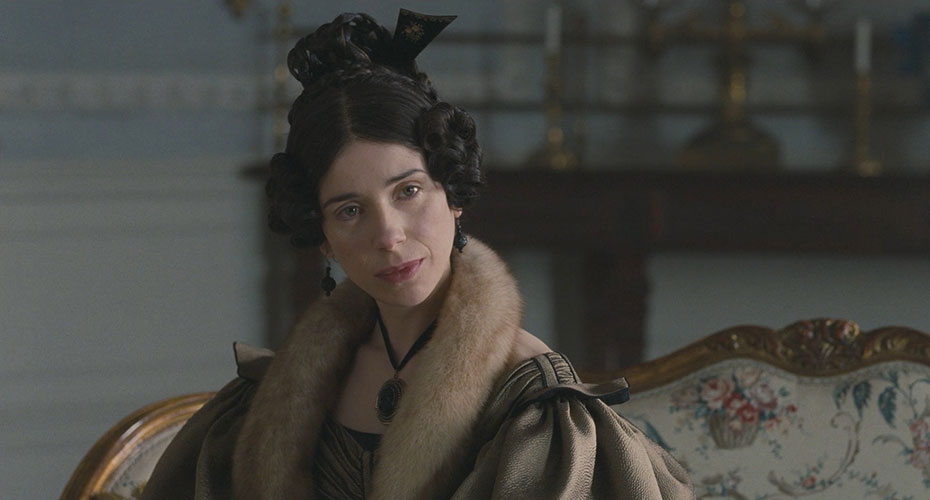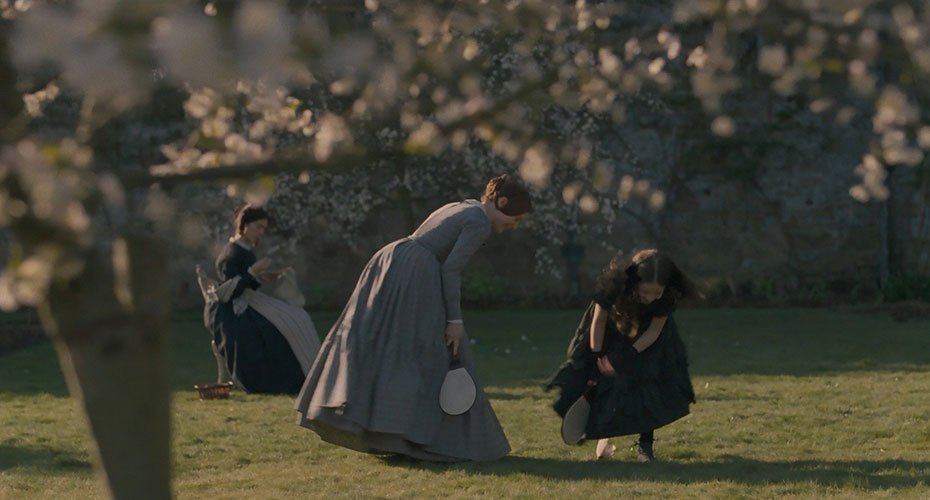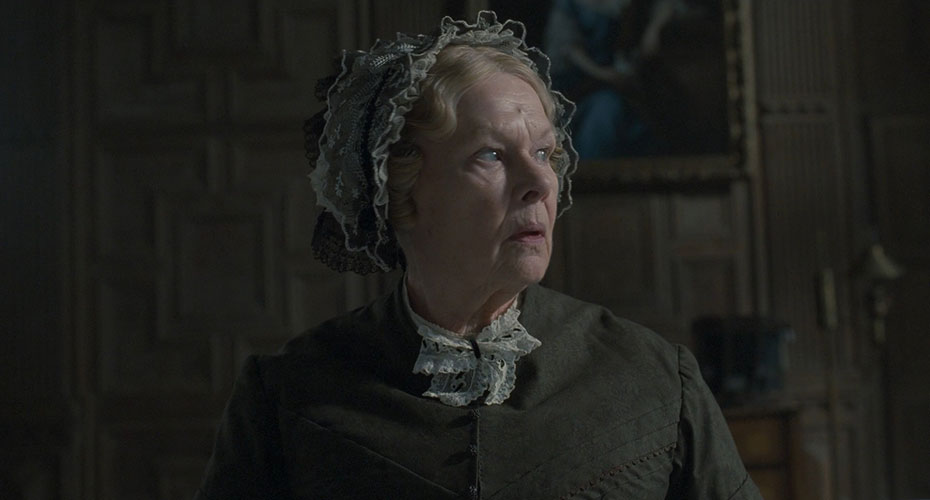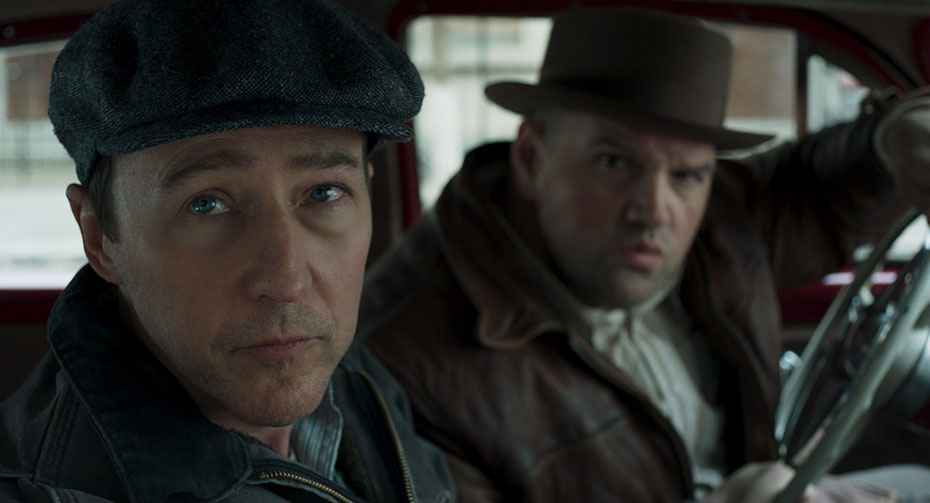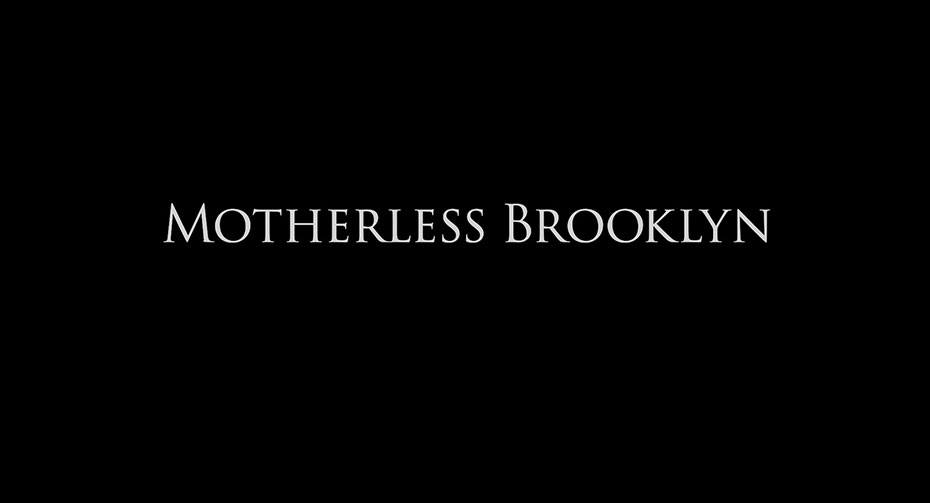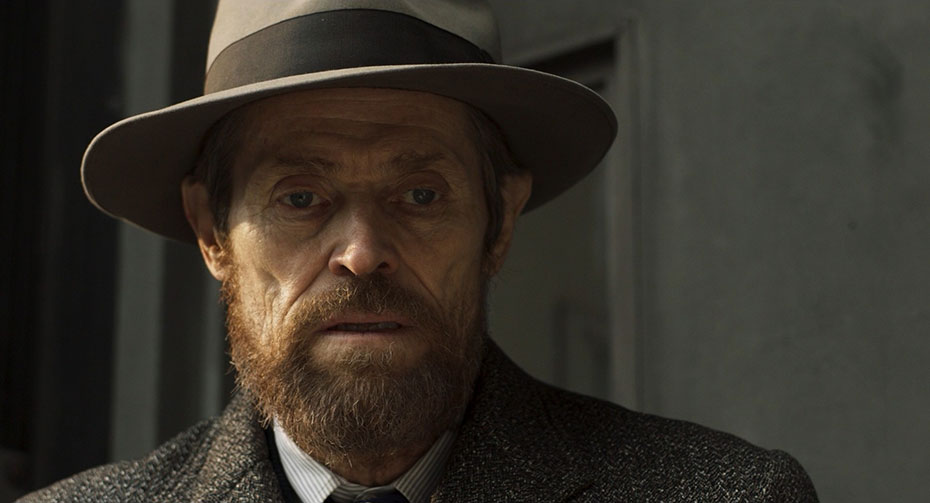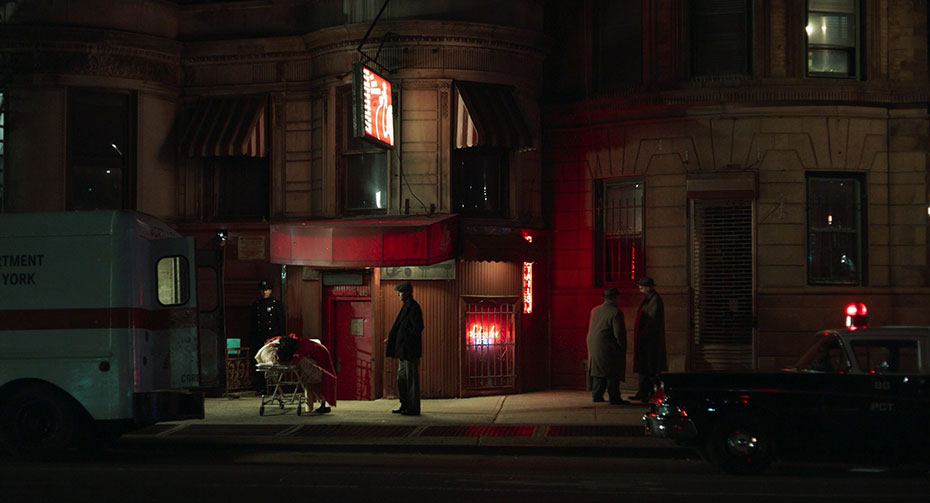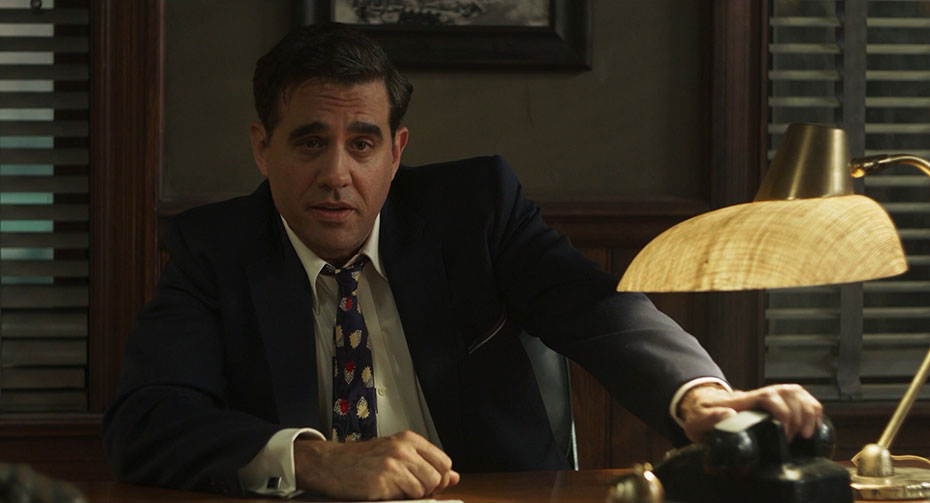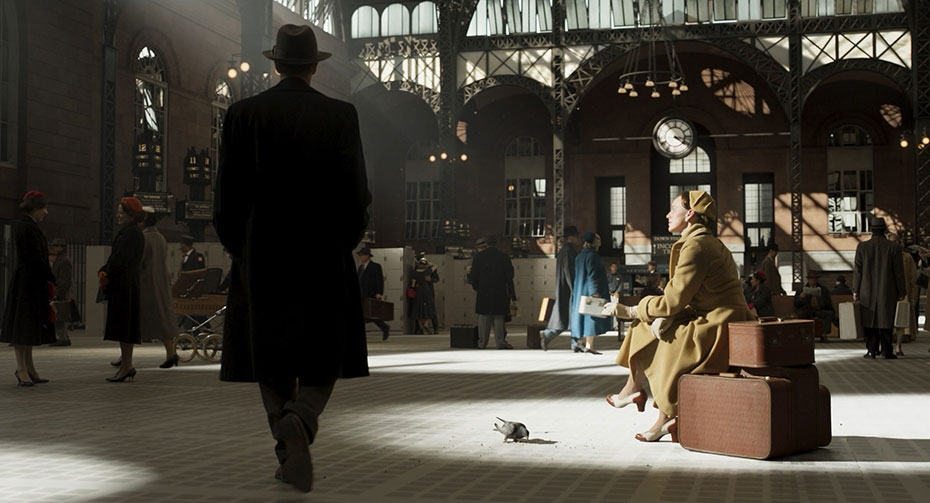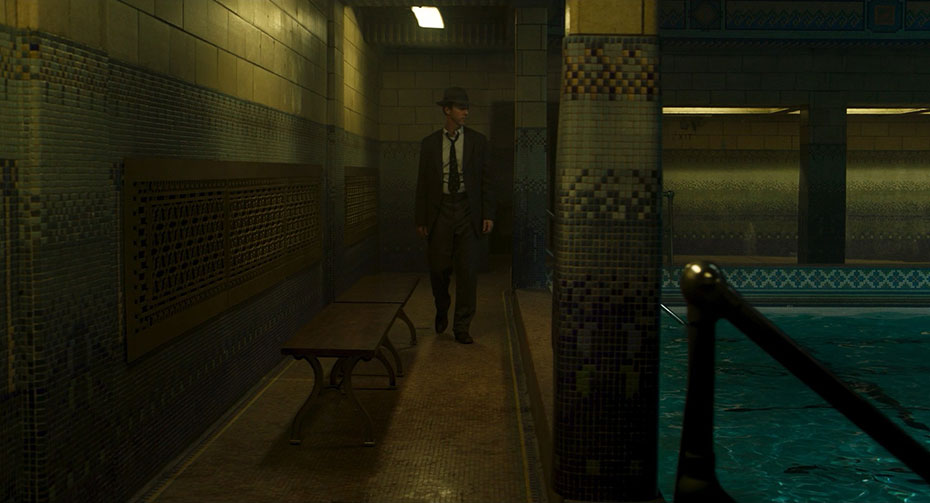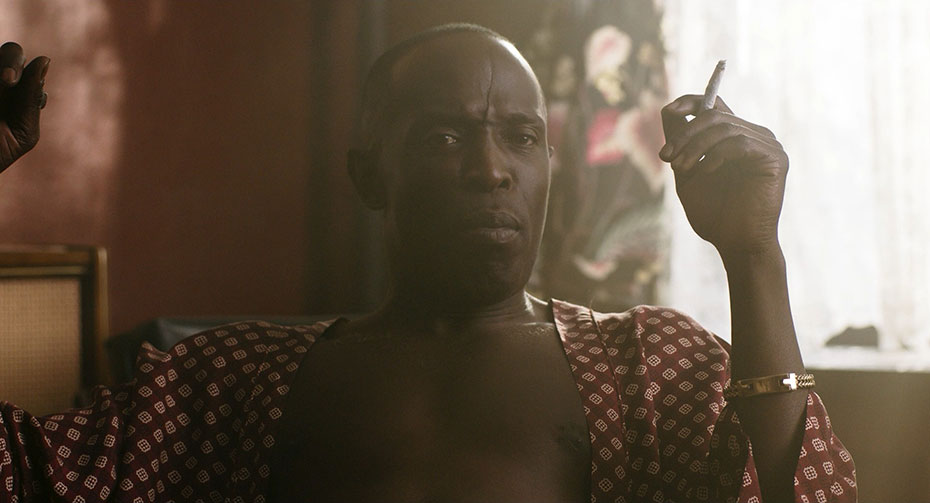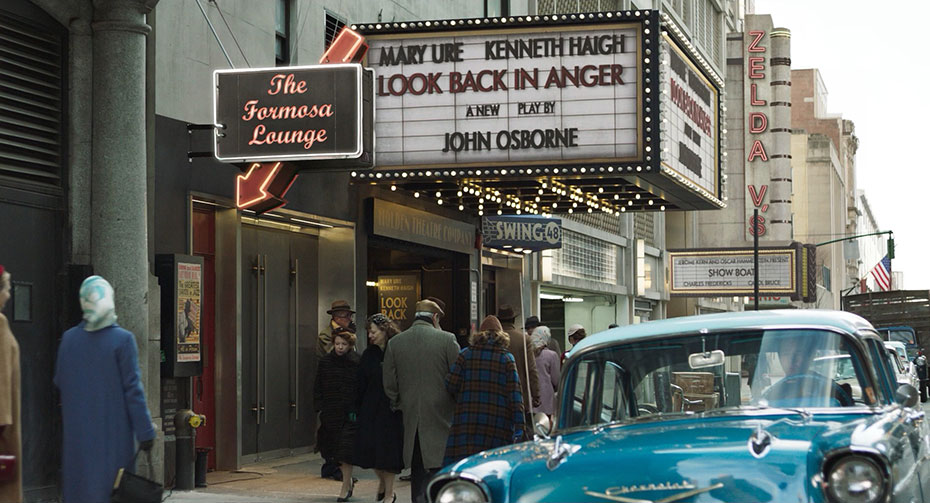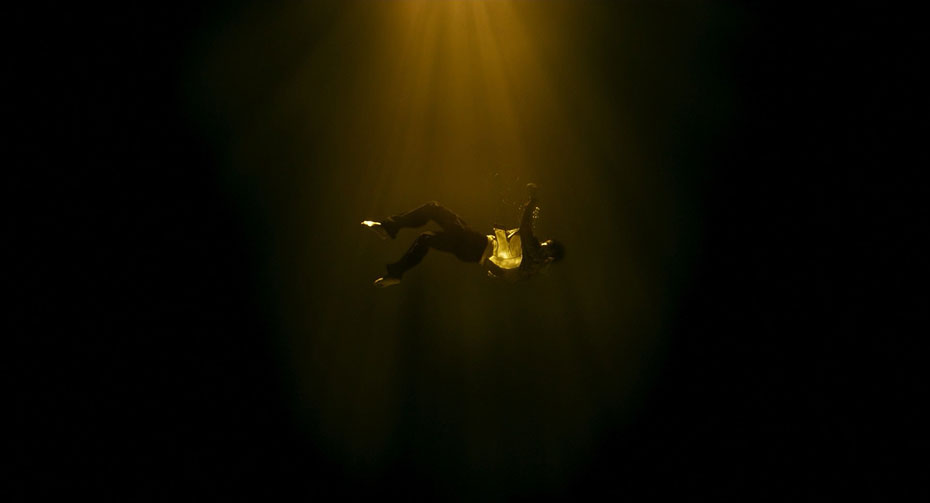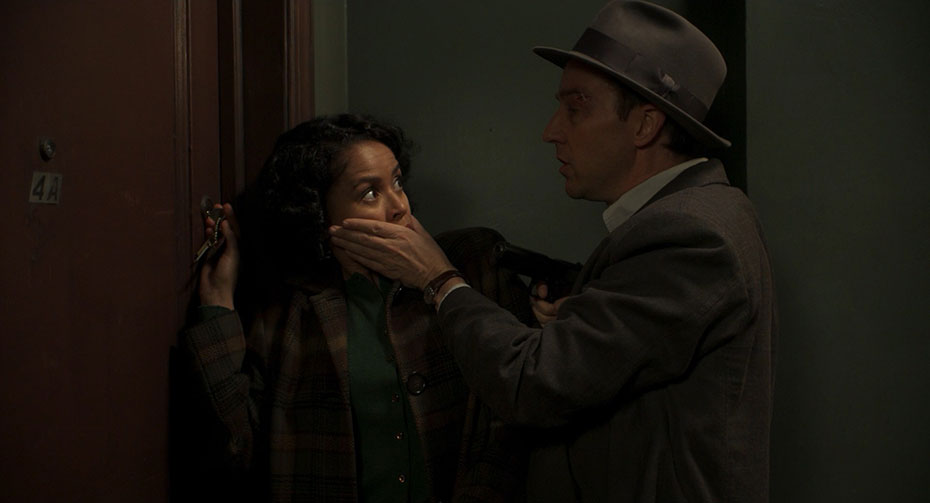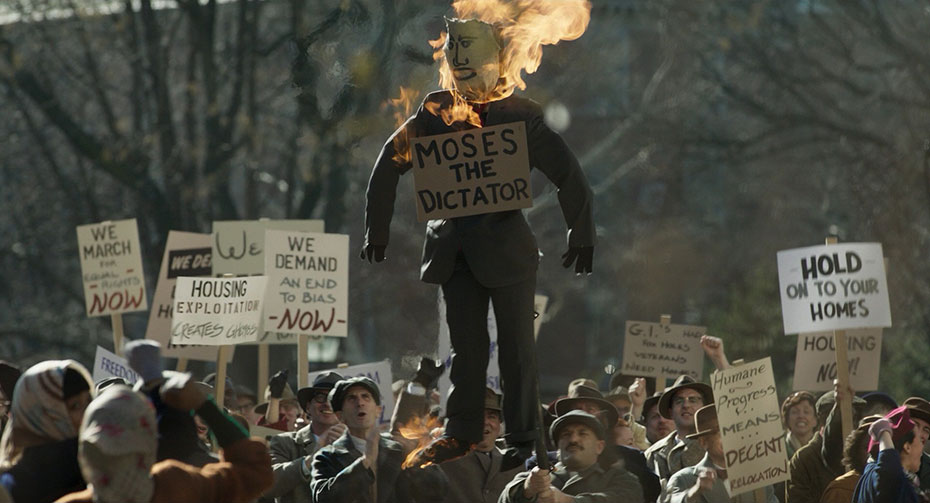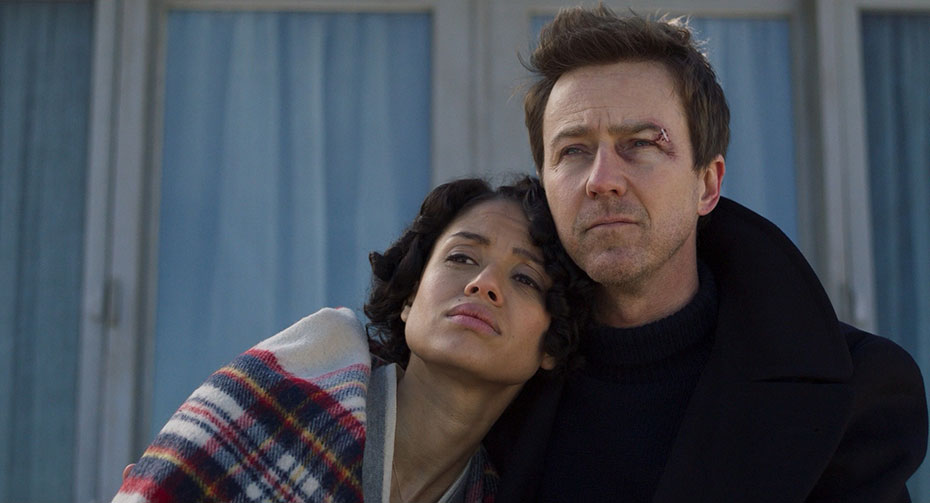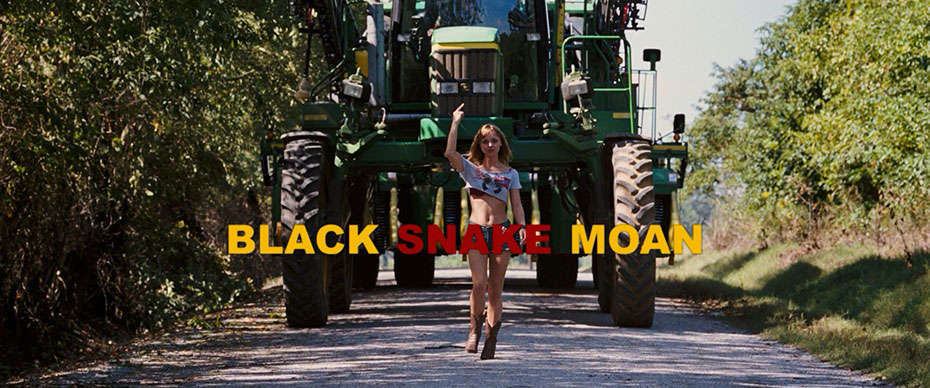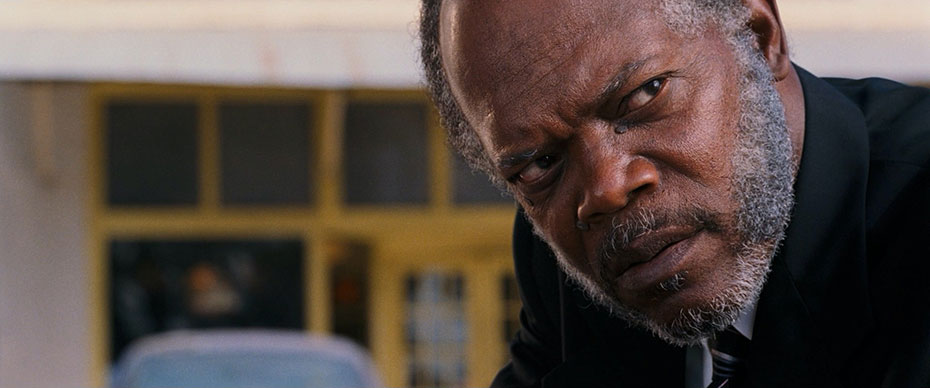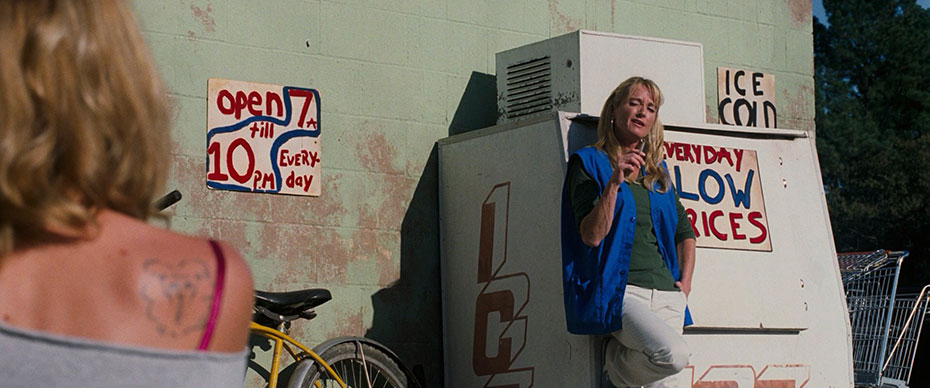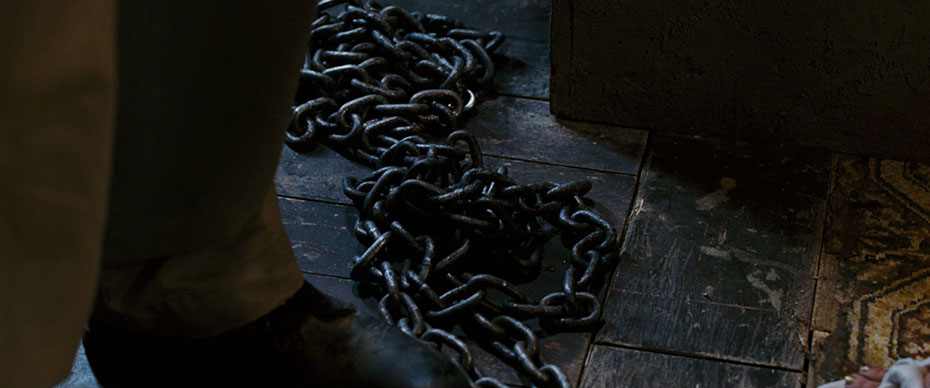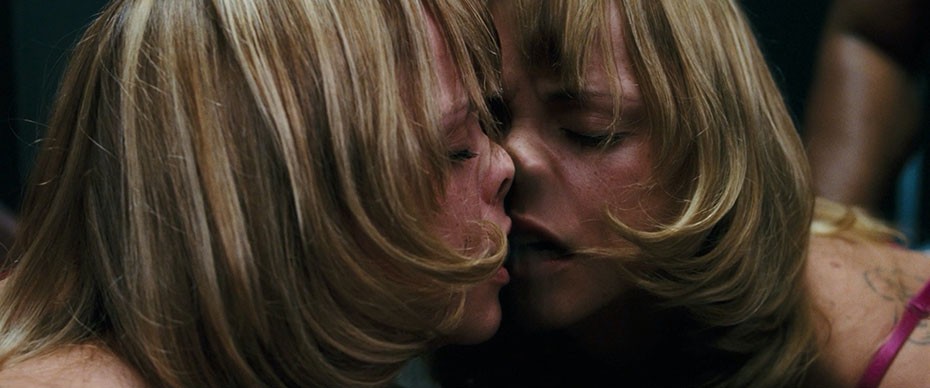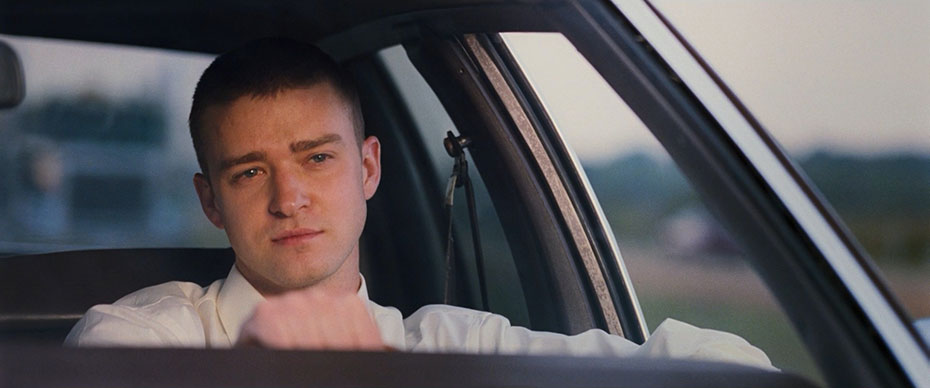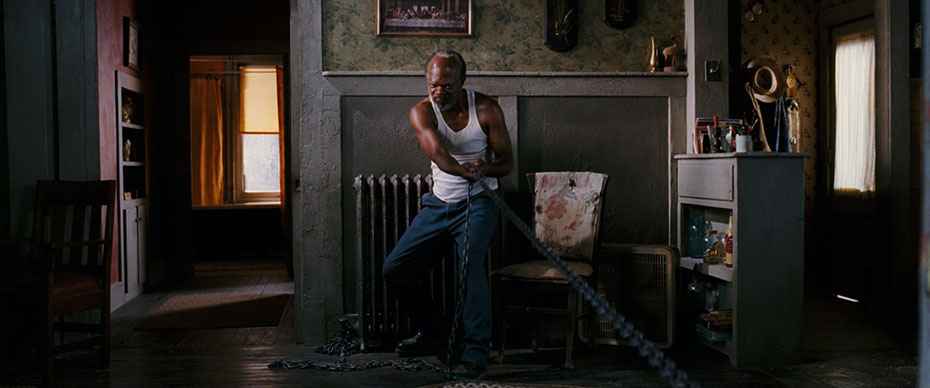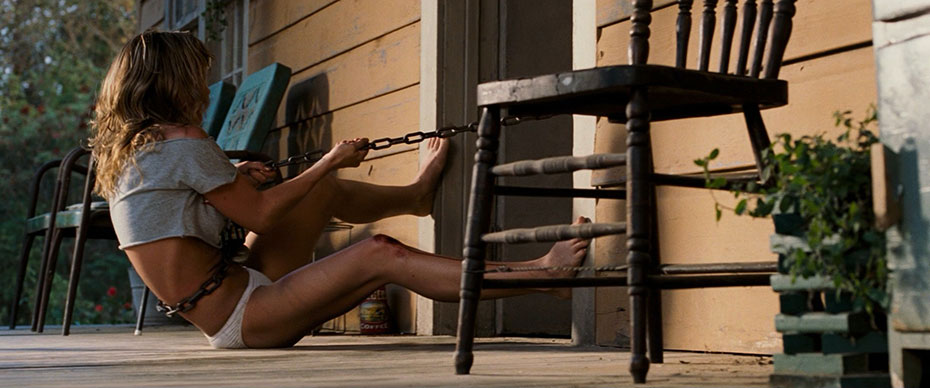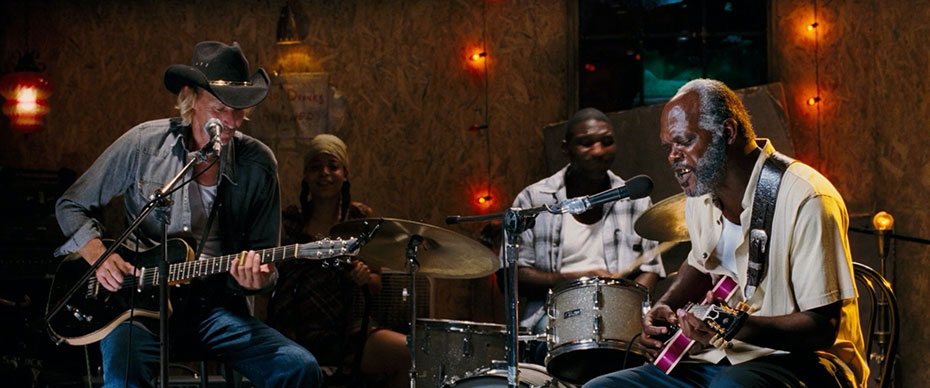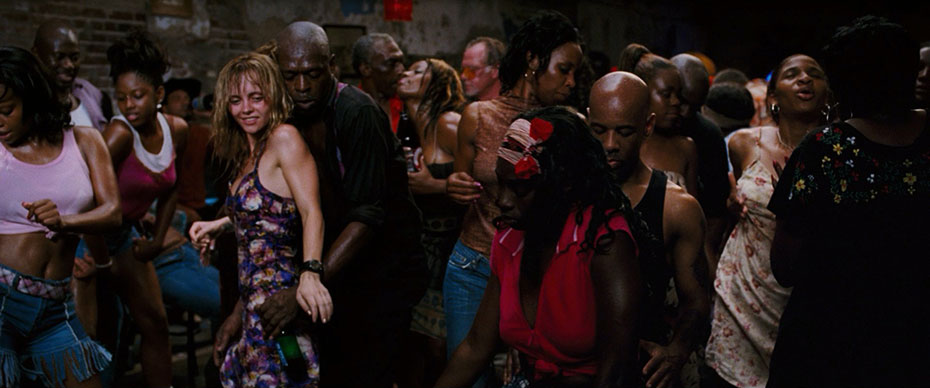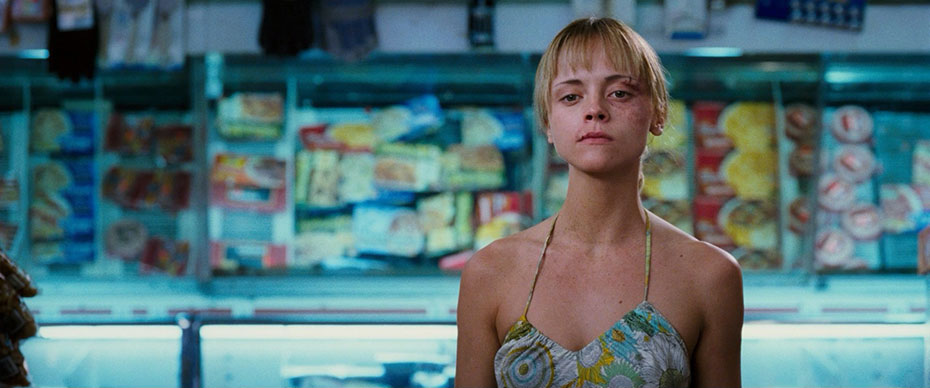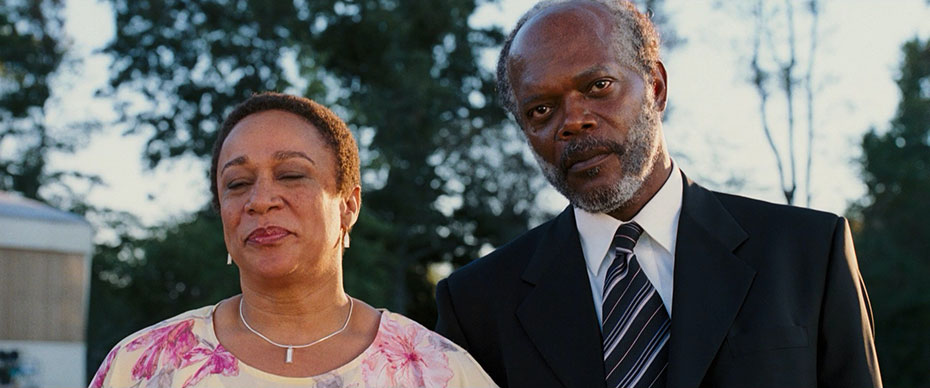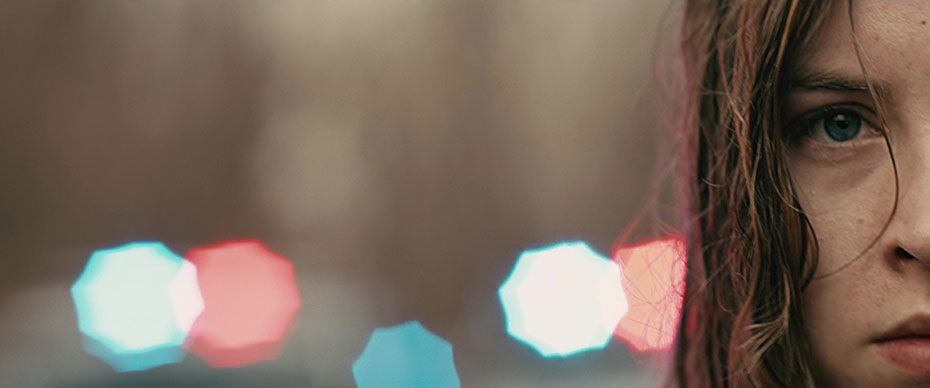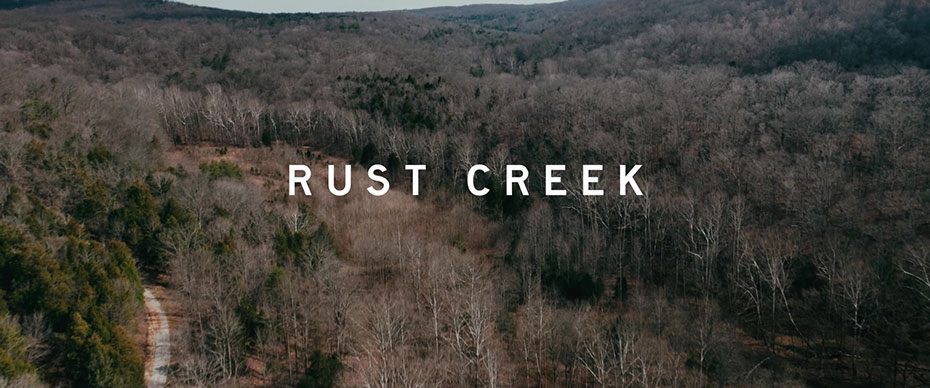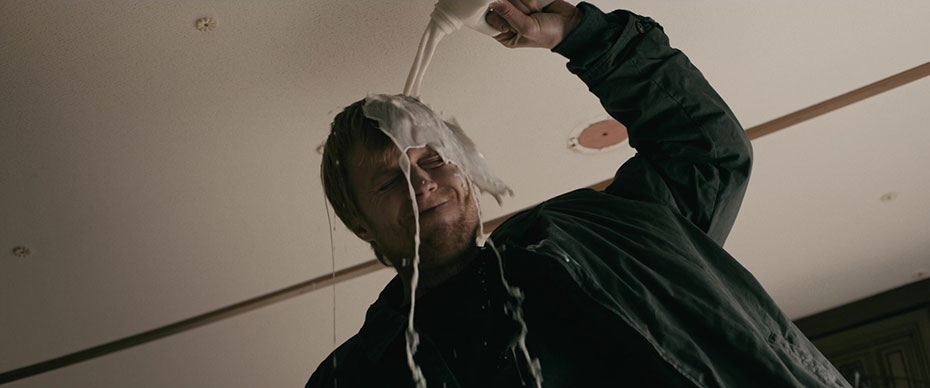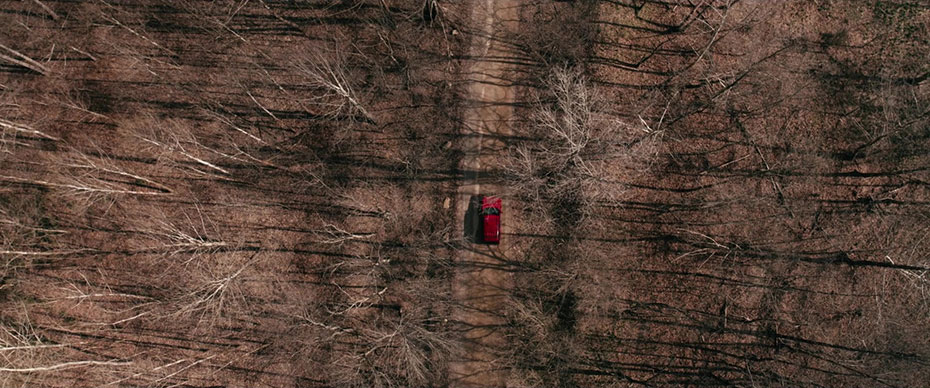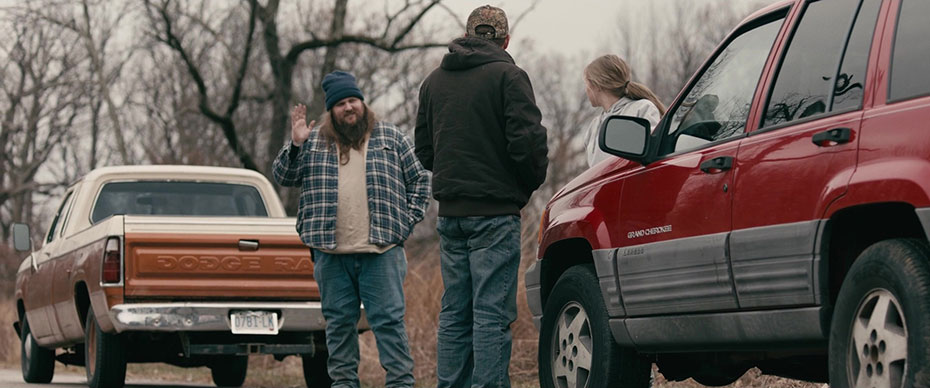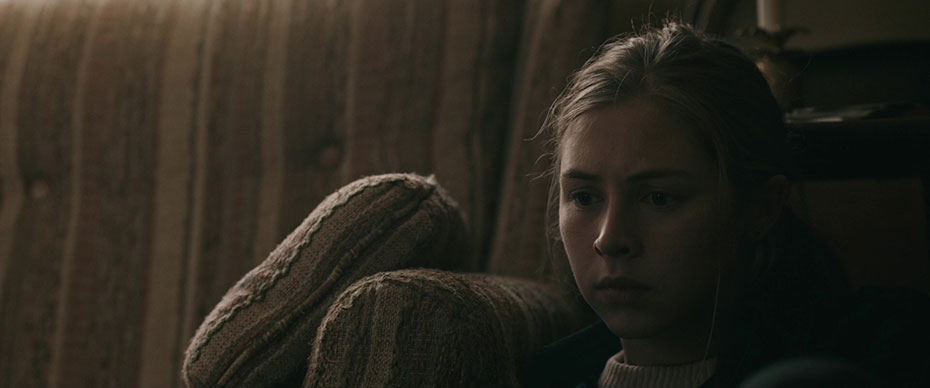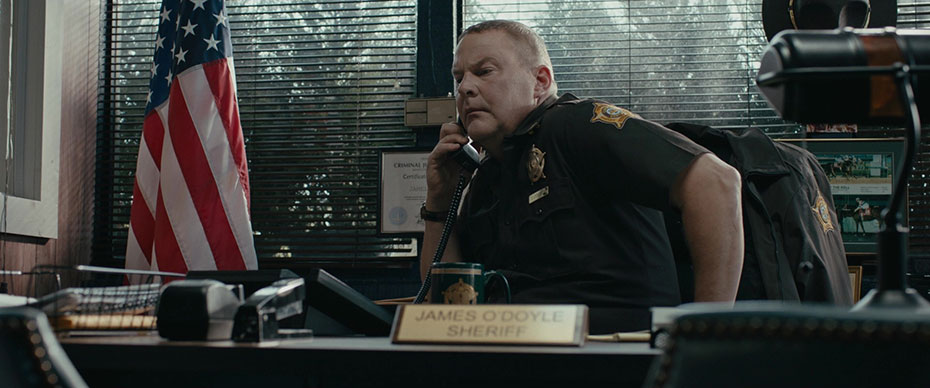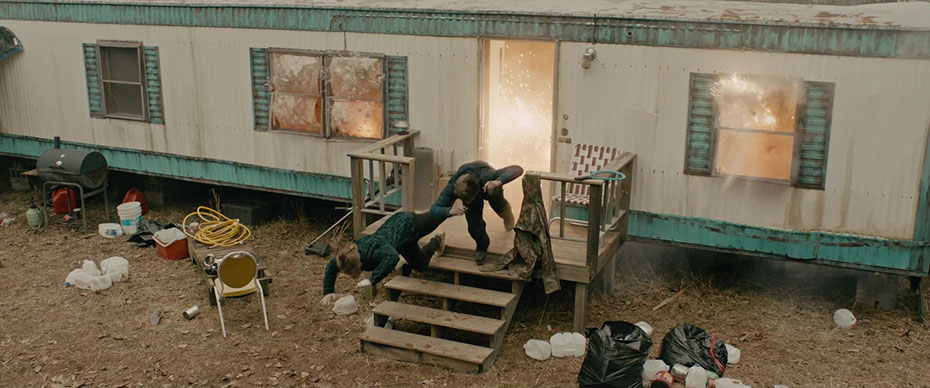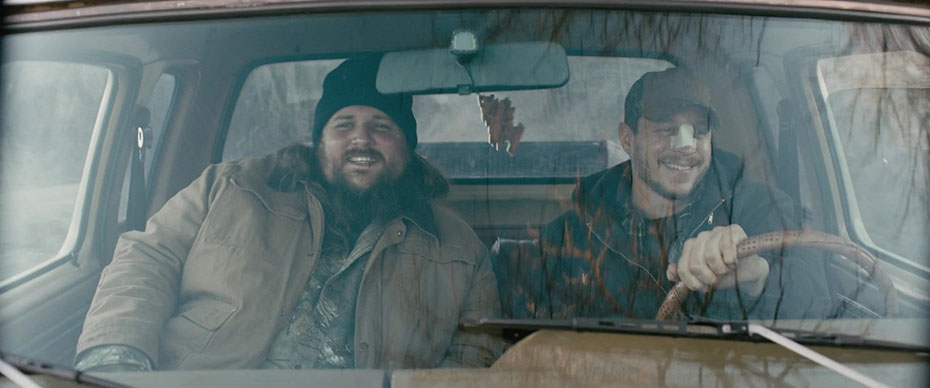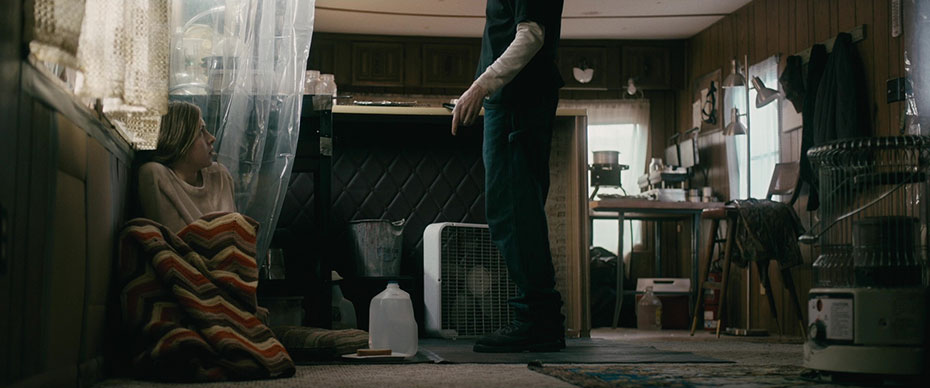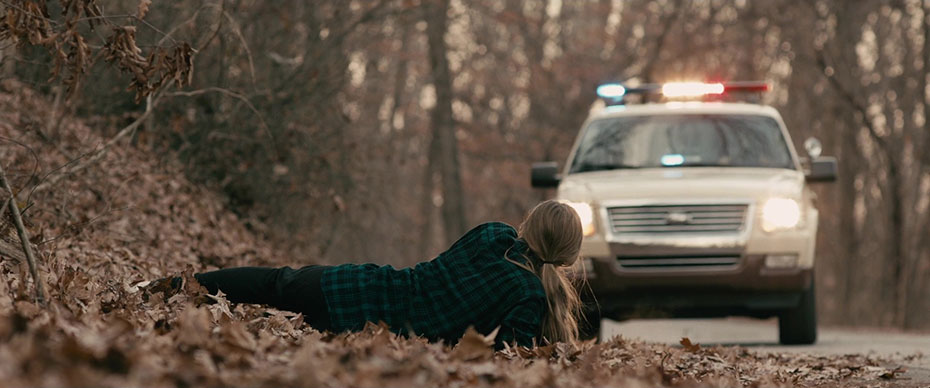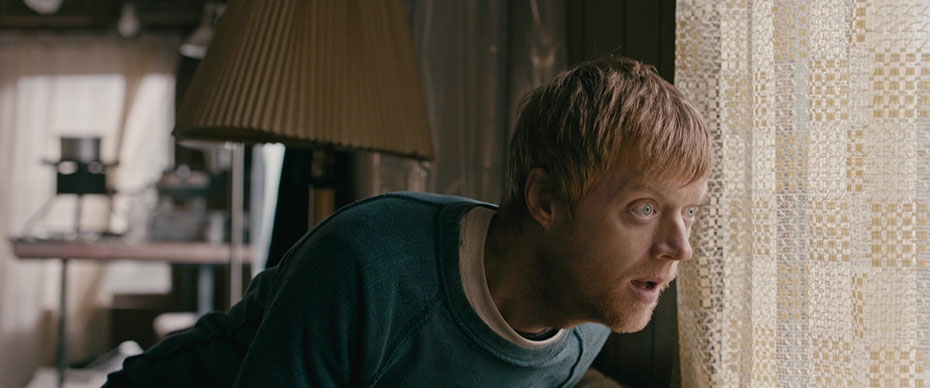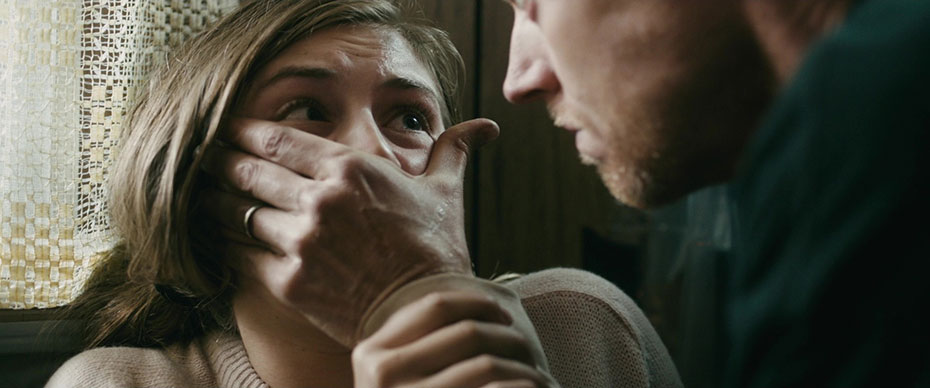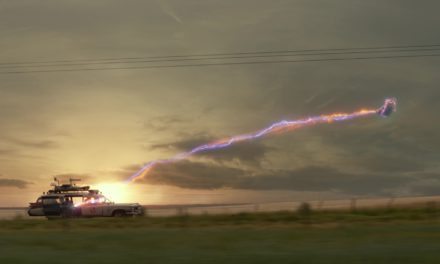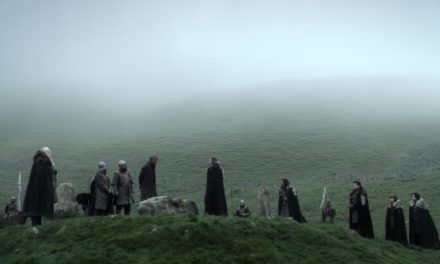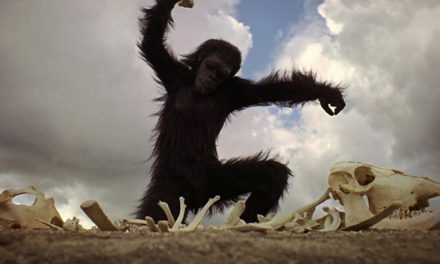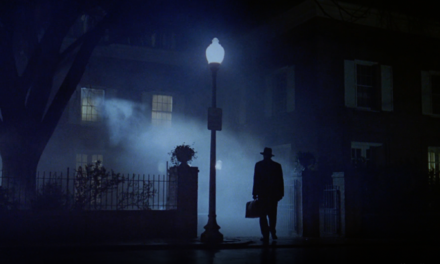THE TUESDAY DROP – 7/13
07.13.21 / New Shots
MINARI (2020)
MINARI is a 2020 drama written and directed by Lee Isaac Chung. The film follows the fortunes of a Korean American family chasing the American Dream as they settle down on a farm in rural Arkansas. Minari was loosely based on Lee Isaac Chung’s own memories of growing up in Arkansas. The film was nominated for six Academy Awards, winning in the Best Supporting Actress category. Lee Isaac Chung worked on the film with Australian cinematographer Lachlan Milne. Chung and Milne had never worked together before, but the film’s producers recommended Milne to Chung based on his work on projects such as Hunt for the Wilderpeople and Stranger Things. Milne arrived on set conscious of his distance from both the Korean and American perspectives on this story, and therefore created a visual style where the camera was as unobtrusive and observational as possible. Inspired by the films of Terence Malick, Milne and Chung opted to shoot in long takes that would dictate the editorial rhythm of the film. They also wanted to help evoke the 1980’s period that the film took place in while shooting digitally on the ARRI Alexa Mini. To do this, they shot with Panavision PVintage lenses that lived entirely in the 24mm to 35mm range, and developed separate LUTs for the exterior and interior scenes that would help evoke the visual style of the period. Milne and Chung filmed the entire movie with one camera, except for the film’s “burning barn” set piece, which was shot with 2 cameras, and was shot without any VFX.
PURPLE RAIN (1984)
PURPLE RAIN is a 1984 musical, scored by and starring Prince in his acting debut. The film was directed by Albert Magnoli, who would later become Prince’s manager. Purple Rain won an Academy Award for Best Original Song Score, and in 2019, it was added for preservation in the National Film Registry by the Library of Congress. Today, the film is considered one of America’s greatest contemporary musicals, and the film’s soundtrack album has gone 13x Platinum. Purple Rain was shot by American cinematographer Donald E. Thorin, who was previously known for his work on films such as Thief and An Officer and a Gentleman. Thorin was widely praised for the way his lighting and shot composition created a sense of grandeur in the film. He was singled out for praise on RogerEbert.com for “making Prince’s goofiest dramatic moments look polished and glossy.” Though the filmmaking team went into production believing that they were making a fringe film, it has gone on to become one of the most memorable contributions of Prince’s career.
SAMSARA (2011)
Ron Fricke’s 2011 film SAMSARA is a non-narrative documentary shot over 5 years in over 25 different countries. “Samsara” is a Sanskrit word that means “world”, in the sense of the cyclicality of life, death, and rebirth. The film serves as a sort of visual guided meditation attempting to capture this feeling. The film compiles images from places such as the Himalayas, the American Southwest, and Europe’s cathedrals. Fricke worked on the movie with producer Mark Magidson, and described Samsara as an expansion on the themes developed in their previous films in the “Qatsi trilogy”, Baraka and Chronos. Fricke was the film’s director, cinematographer and camera operator. He shot the film in 70mm format, using two cameras from Panavision, and one specialty time-lapse camera that he designed. After shooting on 65mm negative film, Fricke output the footage digitally with an 8K high-res scan to refine the imagery. Despite the long production period for the film, Fricke did not have a particularly high shooting to editing ratio. Given the weight and expense of the cameras and film, Fricke had to have a very selective shooting approach, and by the time he and Magidson arrived in the editing room, they only had several hours of footage to cut.
FAST COLOR (2019)
FAST COLOR is a sci-fi thriller directed by Julia Hart. The film follows Ruth, played by Gugu Mbatha-Raw, a young woman whose seizures trigger supernatural earthquakes. Ruth must go on the run when her powers are discovered, and returns to her family farmhouse. Fast Color debuted at the 2018 South by Southwest film festival, and was released in 2019. Hart worked with cinematographer Michael Fimognari, who was known for his work on projects such as Oculus, Before I Wake and The Lazarus Effect. Attempting to make a superhero film on a small scale, Hart and Fimognari turned to the traditions of westerns and road movies. They found locations throughout the New Mexico landscape that gave the feeling of a near-empty wasteland, and even used CG to “de-bloom” trees that had flowered early, since the film takes place during a severe drought. As a film without an evil villain, Earth-ending stakes or cinematic universe, Fast Color is an uncommon superhero movie, but a great example of what can still be achieved on a smaller scale.
THREE COLORS: RED (1994)
Krzysztof Kieslowski’s THREE COLORS: RED is the final installment in his iconic Three Colors trilogy. Red is a romantic mystery film starring Irene Jacob as a runway model in Geneva, whose life intersects with that of a retired judge, played by Jean-Louis Trintignant. Simultaneously, a seemingly unrelated story of jealousy and betrayal unfolds in close proximity. Kieslowski declared that Three Colors: Red would be his final film upon its release, and this proved to be true with his sudden passing in 1996. The film was nominated for three Academy Awards, including Best Director. Three Colors: Red was shot by Polish cinematographer Piotr Sobocinski, whose work on the film is particularly notable for its use of camera movement to address a unique storytelling challenge: how to show that two characters, who almost never interact, are destined to be together. Kieslowski and Sobocinski created a visual language full of extended takes and very precise camera moves that ultimately allowed the camera to be the film’s linking device. By allowing the camera to link the characters either within the same scene or across scenes, Kieslowski and Sobocinski place the audience in the perspective of fate, observing people whose lives we know will ultimately intersect.
BOY ERASED (2018)
Joel Edgerton’s sophomore feature film, BOY ERASED, is a biographical drama based on Gerrard Conley’s 2016 memoir of the same name. The film follows Jared (played by Lucas Hedges), the son of a small-town Baptist pastor, who is sent to a conversion therapy program after being outed as gay to his parents. The film also stars Edgerton, Russell Crowe and Nicole Kidman, and premiered at the 2018 Telluride Film Festival. Boy Erased was shot by Spanish cinematographer Eduard Grau, who had previously worked with Edgerton on his debut feature, The Gift. Edgerton and Grau were committed to a visual language that favored a social realist style, deciding to shoot on the Alexa using a muted color palette and clinical Zeiss lenses. The simple, muted visual language of the film ultimately served to stay out of the way of the performances, which were widely praised for their strength and nuance.
JANE EYRE (2011)
JANE EYRE is the second feature film from American writer / director Cary Fukunaga, and stars Mia Wasikowska and Michael Fassbender. Based on the classic novel by English writer Charlotte Bronte, the film follows Jane, an orphaned child who eventually takes a job as a governess at the estate of Edward Rochester. Fukunaga worked with Brazilian cinematographer Adriano Goldman on Jane Eyre. Goldman had previously worked with Fukunaga on his feature debut, Sin Nombre. Goldman and Fukunaga shot Jane Eyre on 35mm film, opting for a restrained and muted visual style without flashy camera movement. The complexity of Jane Eyre’s cinematography lives much more in the composition of its frames. Jane is often framed closer than Edward throughout the film, and also stands above him in key moments. The audience is placed in Jane’s perspective, but it is also a perspective of power – suggesting that she is in control, despite her subservient position at Edward’s estate and her love for him.
MOTHERLESS BROOKLYN (2019)
MOTHERLESS BROOKLYN is a 2019 American neo-noir film written and directed by Edward Norton, based on the 1999 novel of the same name by Jonathan Lethem. Set in 1957 (despite the novel’s contemporary setting), the film follows a private investigator living with Tourette syndrome, as he attempts to solve the murder of his mentor. Motherless Brooklyn debuted at the 2019 Telluride Film Festival. The film was shot by British cinematographer Dick Pope, who was known for his long standing collaboration with director Mike Leigh. Norton and Pope sought to capture the feeling of 1950’s New York, made famous by paintings such as Edward Hopper’s Nighthawks and films such as Sweet Smell of Success. They chose to shoot the film on the ARRI Alexa Mini, using Cooke Panchro lenses to help evoke the period with the kind of glass aberrations and focus fall-off seen in films of that era. Pope shot almost the entire film on 27mm, 32mm and 40mm lenses, creating a visual language that remained firmly in the perspective of its central character.
BLACK SNAKE MOAN (2006)
BLACK SNAKE MOAN is a 2006 dark comedy-drama written and directed by Craig Brewer, and starring Samuel L. Jackson, Christina Ricci and Justin Timberlake. The film follows a Mississippi bluesman who holds a local woman captive in his house, in an attempt to cure her of her nymphomania. Black Snake Moan was shot by American cinematographer Amy Vincent, who was known for her work on films such as Hustle & Flow, Eve’s Bayou, & I Heart Huckabees. Brewer and Vincent created a working style on set that meant they rarely shot beyond two or three takes of any set-up. Brewer would set up rehearsals in spaces that had the same dimensions as the sets where filming would take place, and Vincent would observe them with production designer Keith Brian Burns. Vincent and Burns would then discuss what elements would be needed on set, so that the entire crew would arrive prepared to film right away. During the shoot, Brewer would direct from beside the camera, rather than at a monitor, giving Vincent and her AC license to shoot the film with freedom.
RUST CREEK (2019)
Jen McGowan’s 2019 crime thriller RUST CREEK follows a college student (played by Hermione Corfield) who becomes lost while on a road trip, and is hunted by criminals who believe her to be a witness to their crimes. McGowan worked on Rust Creek with cinematographer Michelle Lawler. McGowan and Lawler spent an extensive amount of time in pre-production scouting locations for the film, and ultimately found two properties outside of Louisville, KY, where they shot for 22 days between Thanksgiving and Christmas. The film was shot mostly hand-held on the ARRI Alexa Mini using solely natural light, and color grading became an important storytelling device. Working with colorist Jill Bogdanowicz, McGowan and Lawler developed a LUT based on Fujifilm print stock to create a unified visual language that held the dark tone of the film together from start to finish.

